Toyota Conquers the Saudi Desert as it Wins the 2025 Dakar Rally
After two weeks of battling the toughest terrains imaginable, less then 4 minutes seperate first and second place overall!
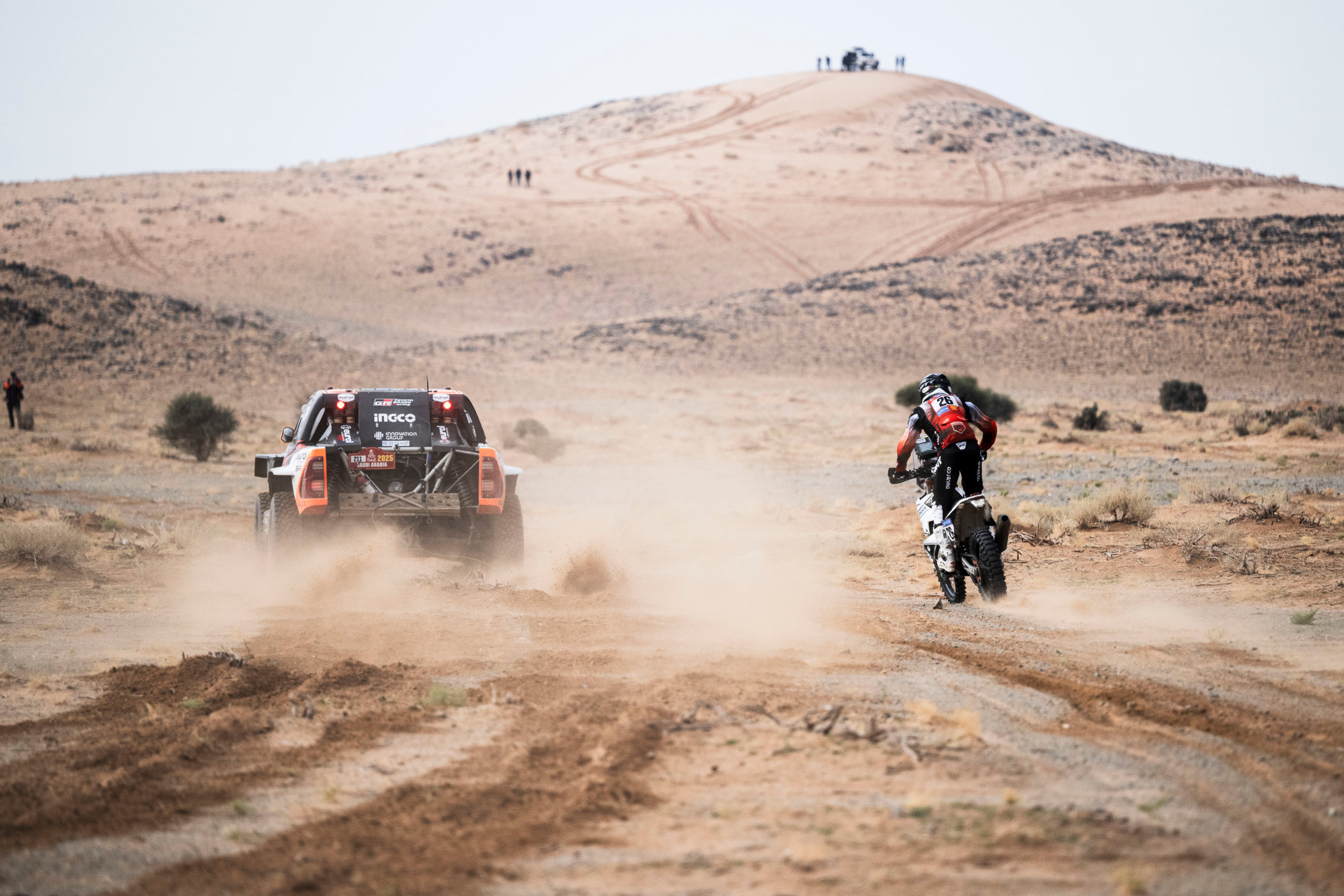
It’s a tradition at the start of every year that the world’s best and most ambitious adventurers on two and four wheels trek to the Saudi Arabian desert. The venue is the famous Dakar Rally, the most gruelling off-road endurance race on the calendar. While no longer a contest starting in Paris and finishing in Dakar, it remains the ultimate test of man and machine. Last year’s winners, Audi, are no longer running, but new challengers have entered the Cars category: Dacia & Ford! This year proved to be a very close fight, with first and second place overall finishing within less than 4 minutes of each other! Here’s all you need to know about the 2025 edition of the Dakar Rally.
The 2025 edition of the Dakar rally consisted of 14 days of competition, with a 48-hour “Chrono” marathon stage as the ultimate challenge. The riders had to navigate a total of more than 8,000 kilometres, of which 5,000 were in the form of specials, across the most treacherous terrain, starting in Bisha and crossing rock-riddled paths, endless towering dunes, the infamous Empty Quarter and eventually finishing in Shubaytah. A total of 778 competitors have entered, running 434 vehicles in total. For the second time running, the Mission 1000 class is open to vehicles with alternative zero-emission or hybrid powertrains. The Quad category is no longer part of the event, as it was suffering from declining interest from competitors, but there are some Quad-bike entries in the Bikes category.
The rally’s organizers decided to move the Marathon stage to the first week of the Dakar, but also to make it an even bigger challenge. Each competitor was tasked with covering 963 timed kilometres over a 48-hour period, with an overnight stop that doesn’t allow for any outside support for maintenance and repairs. What’s also new is one stage with a mass starting procedure, where multiple teams in a single category line up at the starting. In five stages the cars (and trucks) will follow a different route than the bikes. Overall, the organizers of the Dakar Rally have really dialled up the difficulty this year, which was partly upon the request of competitors, to test man and machine to the absolute limit.
Daniel “chucky” Sanders, the fastest on 2 wheels
The solo adventurers on two wheels are always an absolute highlight for Dakar. It must be extremely daunting to pilot your bike across thousands of miles at high speeds, where even the smallest mistake can be the end of your race or worse. No less than 134 riders lined up at the start on January 3rd, with 89 of them making it to the finish line. To me, this remains one of the most baffling classes of competition in the Dakar. Being in total isolation, running for miles on end without anyone but the occasional fellow madman or -woman to cross your paths is just astounding. Being a biker myself, it must be the adventure of a lifetime for sure, but one I will probably never experience myself!
From stage 1, Daniel Sanders, racing on a KTM 450 Rally Factory, had his sight set on the overall victory, winning the Prologue but also the first two stages. He edged out a commanding lead quite quickly, which was never under any real threat. Of course, Sanders had to put in the work to stay ahead, but winning five stages in total and his worst finishing position being 17th he proved consistency is key in the Dakar. His total time on the bike was 53 hours, 8 minutes and 52 seconds. Second place was for Tosha Schareina on a Honda CRF450 Rally, finishing 8 minutes and 50 seconds behind Sanders, with Adrien van Beveren on another Honda CRF450 Rally rounding off the podium with a gap of 14 minutes and 46 seconds. Last year’s winner and motocross ace Ricky Brabec managed a fifth place overall but I’m certain he’ll be back in contention next year!
Local hero Al-Rajhi wins for toyota
The Cars category is the playpen of big-money factory teams. Usually, that is, as this year Saudi driver Yazeed Al-Rajhi upset the establishment of the top teams by winning in a client Toyota. The local man entered the Dakar with a Toyota Hilux Overdrive, with Timo Gottschalk as his navigator. You’d think that with Audi pulling the plug on their Dakar efforts last year, the door was wide open for Toyota’s factory team to clinch victory, despite new entries from Ford and Dacia. With superstar Sebastien Loeb heading the Dacia team, and Carlos Sainz being the top driver for Ford, expectations were high. Unfortunately, Loeb suffered a catastrophic roll in stage 3, with the roll cage of his Dacia being irreparably damaged. Sainz, the winner for Audi in 2024, ended up on its roof in the first part of the 48h chrono stage, which bent the rollbar of his Ford M-Sport Raport, forcing them to retire.
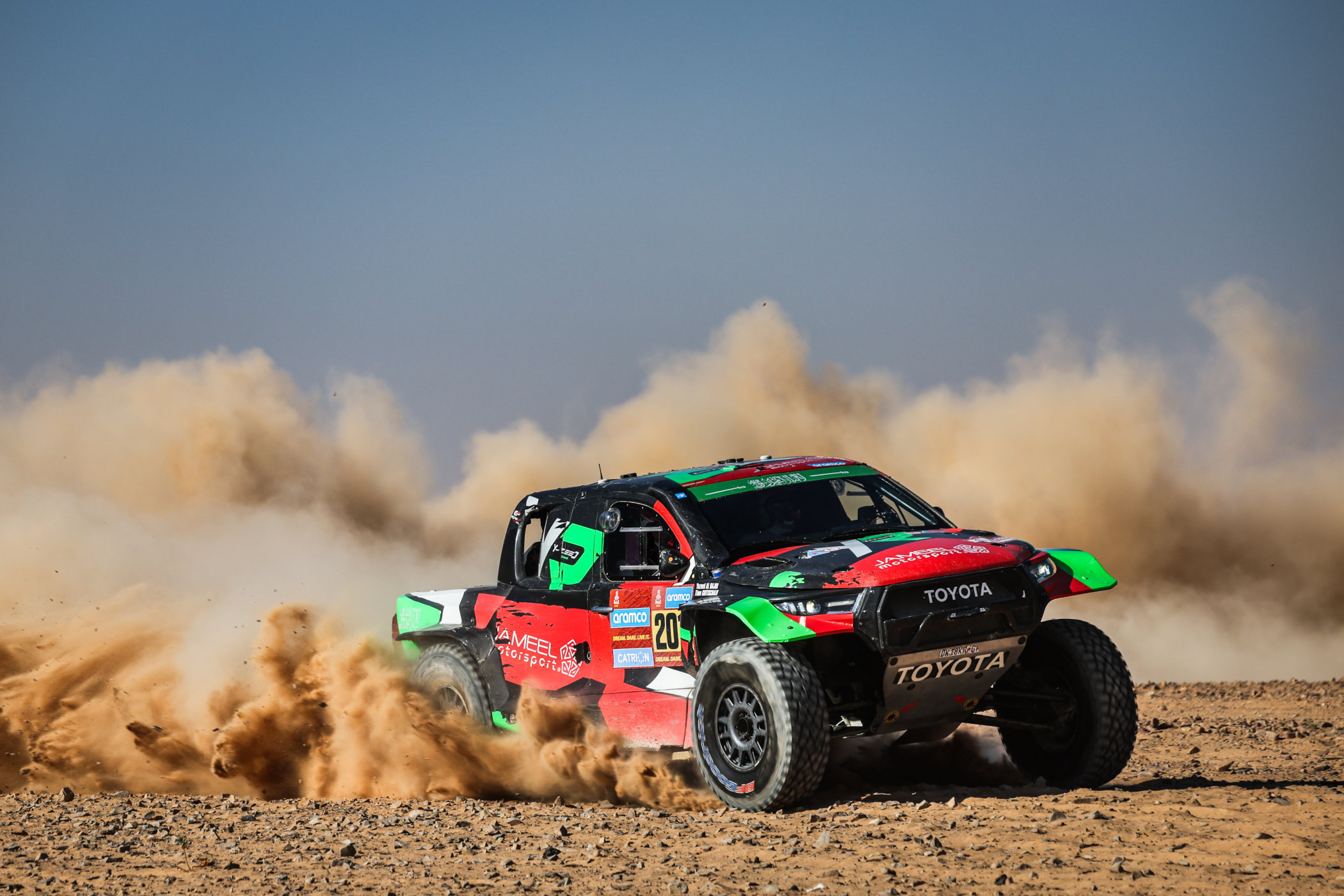
Al-Rajhi’s middle part of the rally, covering stages 3 through 9 was particularly impressive. He scored his first (and only) stage win in the fourth stage but would string together a series of top-ten finishes that kept him in close contention for the overall win. South African driver Henk Lategan, piloting another Toyota Hilux but competing for the factory team, was in the lead for most of the Dakar but lost a lot of time in stages 9, 10 and 11. Eventually, he had to succumb to Al-Rajhzi’s pace and finished just under 4 minutes behind him. Mattias Ekström stepped up to be the lead driver for Ford after Sainz’s withdrawal, and finished third, with a gap of 20 minutes and 21 seconds. Dakar veteran Nasser Al-Attiyah came close to a podium but had to settle for fourth overall.
Czech-Dutch Dominance in the trucks
Ever since the 1980s, the Dutch have put their mark on the Trucks category in the Dakar Rally. I can vividly remember Jan de Rooy overtaking Peugeot driver Arie Vatanen in his monstrously powerful DAF 95 Turbotwin X1 at speeds in excess of 200kph. Anyway, that’s in the past so let’s look at this year’s Trucks class. Martin Macik, driving an Iveco Powerstart for his own MM Technology team, was on fire for pretty much the entire rally. Macik won no less than 5 stages and never finished lower than fourth, so it’s no surprise that such this high level of consistency landed him the overall win! The experienced Czech driver is also the only one, along with his navigator Frantisek Tomasek and mechanic David Svanda, to finish in under 60 hours!
Coming in second, and putting in an almost equally consistent string of finishes, was Dutchman Mitchel van den Brink. With wins in the prologue and stage 1, he seemed set for a cracking finish and second is far from anything to be ashamed of. But knowing the competitive youngster he is, it must have been very frustrating to see Macik pull out a demanding gap on him over the course of the rally. Van den Brink never finished outside of the top 6, but it wasn’t enough to stop the Czech masterclass of Macik. Third place was for Ales Loprais, who was hot on the tail of Van den Brink, finishing only 5 minutes behind him. An impressive fact in the Trucks category is that out of the 30 men and women in the top 10 (each truck has a crew of three), 8 are of Czech nationality and no less than 16 are Dutch! Talk about dominance! Oh, and did you know only one team in the top 10 didn’t drive an Iveco Powerstar? The team of Tomáš Vrátný, Bartlomiej Boba and Jaromir Marinec came in 9th in a Tatra FF7.
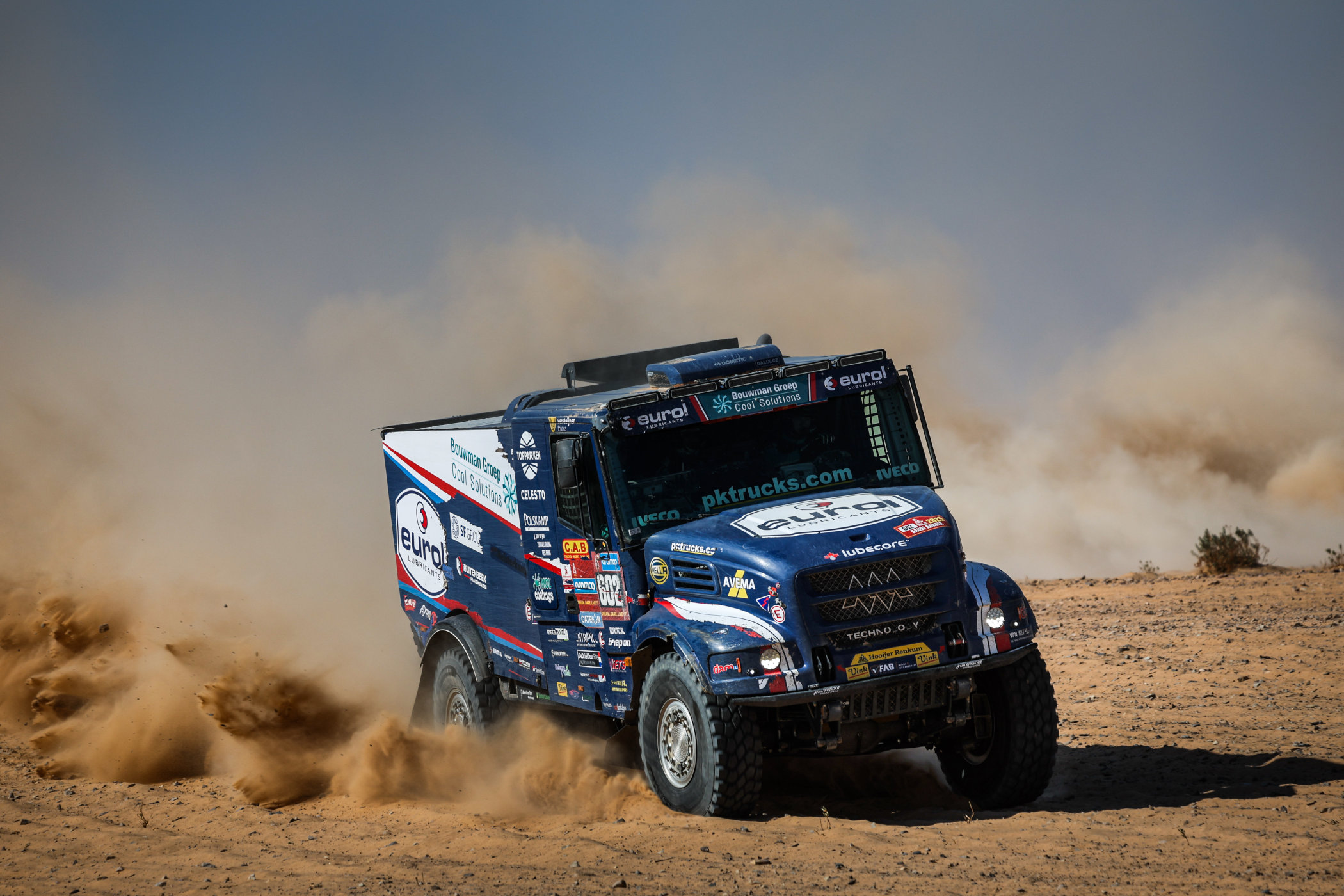
Challenger & SSV
The Challenger and SSV categories are amongst the newest in the Dakar Rally and are relatively compact off-road buggies. The difference between the two is that one is based on more prototype-like buggies (the Challenger class) and the other on production-type buggies (the SSV class). The categories quickly gained popularity over the past couple of years as they’re a bit more accessible for competitors in terms of funding and regulations. It’s also a class where youngsters often get their first taste of the Dakar Rally, before moving to motorbikes, cars or trucks.
Argentinian driver Nicolás Cavigliasso and co-driver Valentina Pertegarini took the lead in the Challenger T3 class from the very first stage and never left the top spot overall. A very strong start saw the duo ink out a lead strong enough to be crowned the winner father the 12th and final stage, despite slipping results in the later stages. They had a lead of more than an hour over second-place finishers Gonçalo Guerreiro and Cadu Sachs, with Pau Navarro and Lisandro Ezequiel Sisterna Herrera coming in third.

In the SSV class, the American duo of Brock Heger and Max Eddy won in their Polaris RZR Pro R Sport, finishing in a time of 59 hours, 13 minutes and 11 seconds. And if you thought the gap between first and second in the Challenger class was impressive; Heger and Eddy won with an advantage of 2 hours, 6 minutes and 3 seconds over Francisco López Contardo and Juan Pablo Latrach in second, and 3 hours, 37 minutes and 11 seconds over Alexandro Pino and Bernardo Oliveira in third! And just as we’ve seen in other categories this year, the duo’s consistency from early on in the rally proved the way to victory! Heger and Eddy never finished lower than 4 in stages 1 through 11!
Mission 1000
New for this year is the Mission 1000 class, spearheaded to be the way forward for the Dakar Rally. It is reserved for vehicles with alternative zero-emission (so EV or hydrogen, basically) and hybrid drivetrains. As it’s the newest class, it’s also the smallest, with just five competing teams. Three of them entered on a bike, one with a car and the final one with a truck. The Mission 1000 class is also a point-based category with the emphasis being on driver efficiency, thus leveling the playing field between the very different machines. Each equipe will be given a reference time for a stage, with points added or subtracted based on performance. The winner was the Truck team of Jordi Juvanteny, Hose Luis Criado and Xavier Ribas, with 249 points.
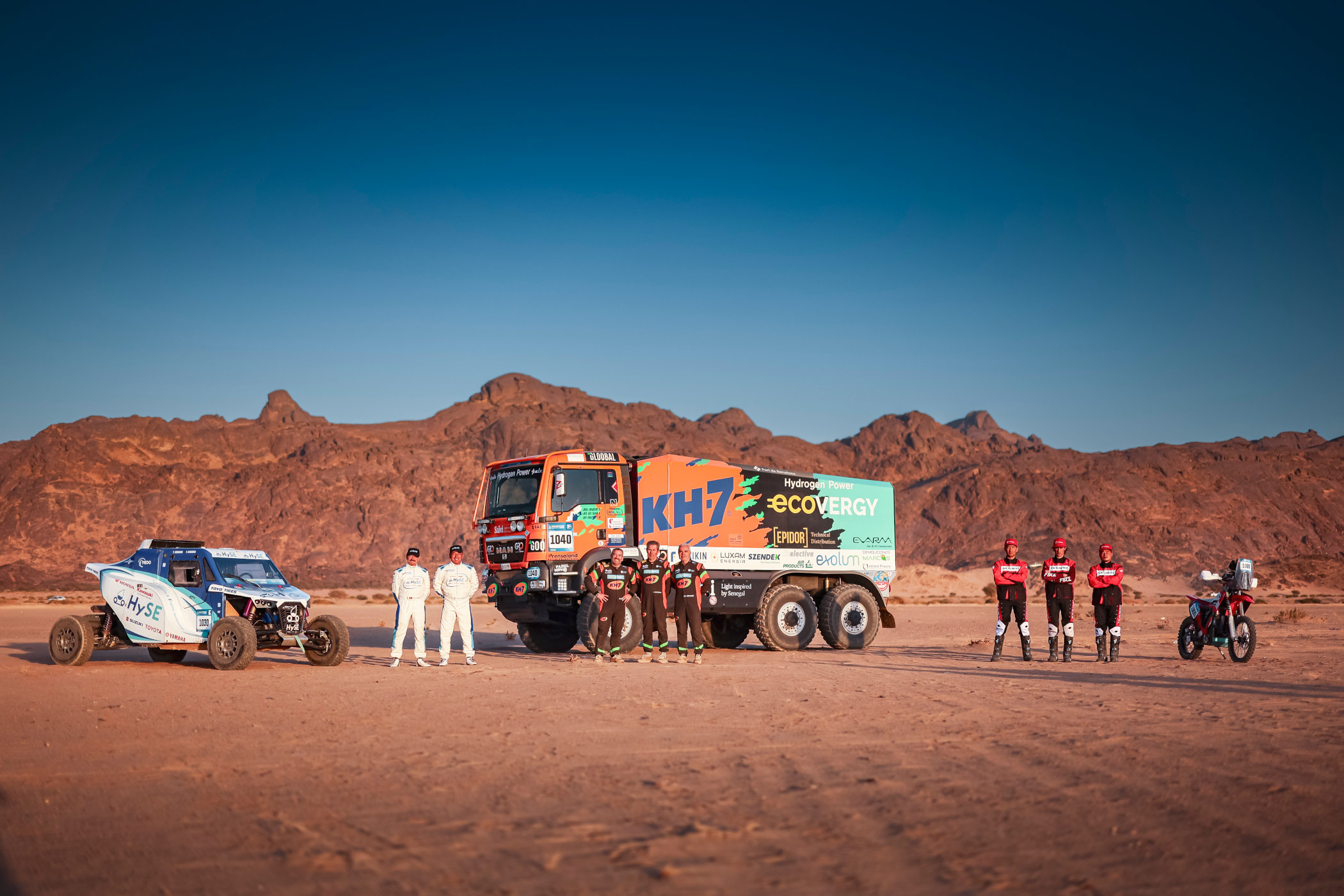
Classics
For a couple of years now, there has been an official category for classic Dakar vehicles. Introduced in 2021, the class is eligible for cars and trucks built before 2000 or at least built to pre-2000 specifications. For the 2025 edition of the Dakar Rally, that cut-off year moved to 2005, basically opening up the field to everything that competed between 2000 and 2005. The Classics run the Dakar alongside all the other classes, but follow a very different route and compete on a points-scoring basis. The category fields everything from an Audi Quattro S1 to Toyota Landcruisers, and from Porsche 959s to a Citroën 2CV.
This year it was the duo of Carlos Santaolalla Milla and Jan Rosa I Viñas in a Toyota HDJ 80 Landcruiser that scored the least amount of points (the way to win). Second place was for Lorenzo Triaglo and Rudy Briani in a Nissan Terrano pick-up, ahead of third-place finishers Karolis Raisys and Ignas Daunoravicius in a Series III Land Rover. And that Citroën 2CV, you ask? Two teams entered with the plucky little Citroën, with Barbora Holicka and Lucie Engova coming in 66th in class, and Floris de Raadt and David Kann finishing in 71st place in class. Not bad!
For more details on the 2024 edition of the Dakar Rally, and to find out more about all the teams and drivers who competed in the wide range of categories, please visit Dakar.com.
Editorial Note: The images used in this article are sourced by, and used with permission by the official Dakar Rally organisation and the Amaury Sport Organisation unless stated otherwise

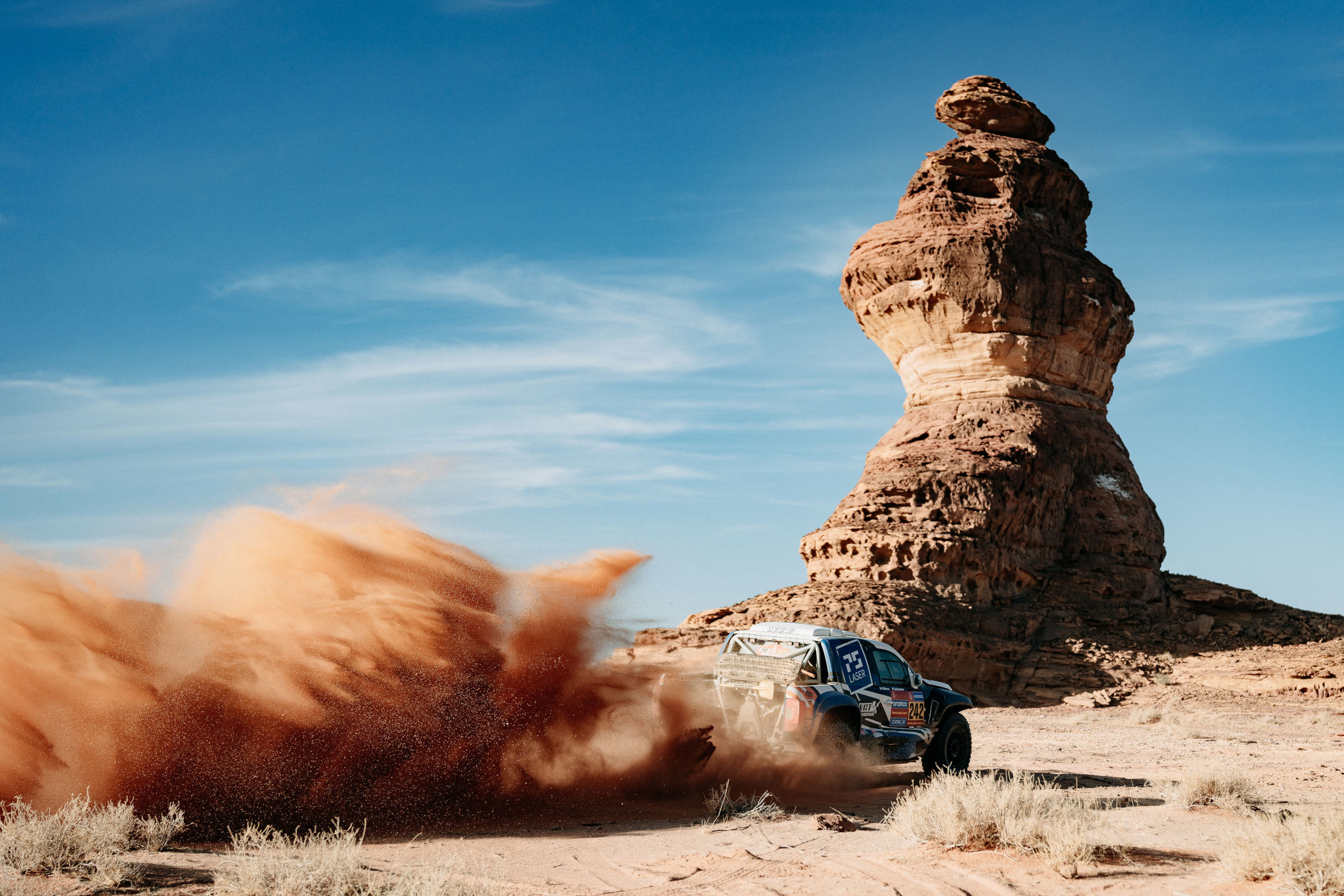
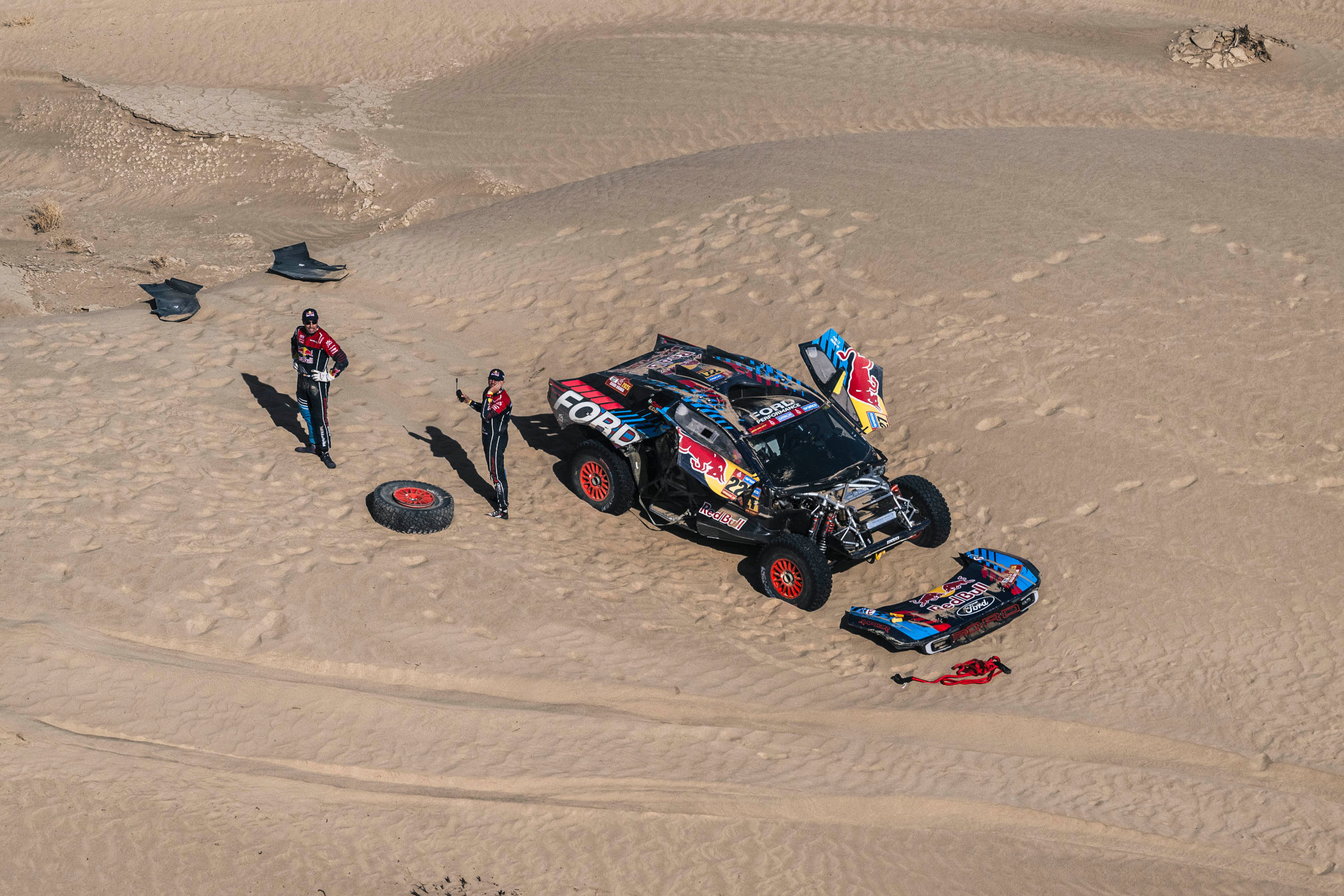
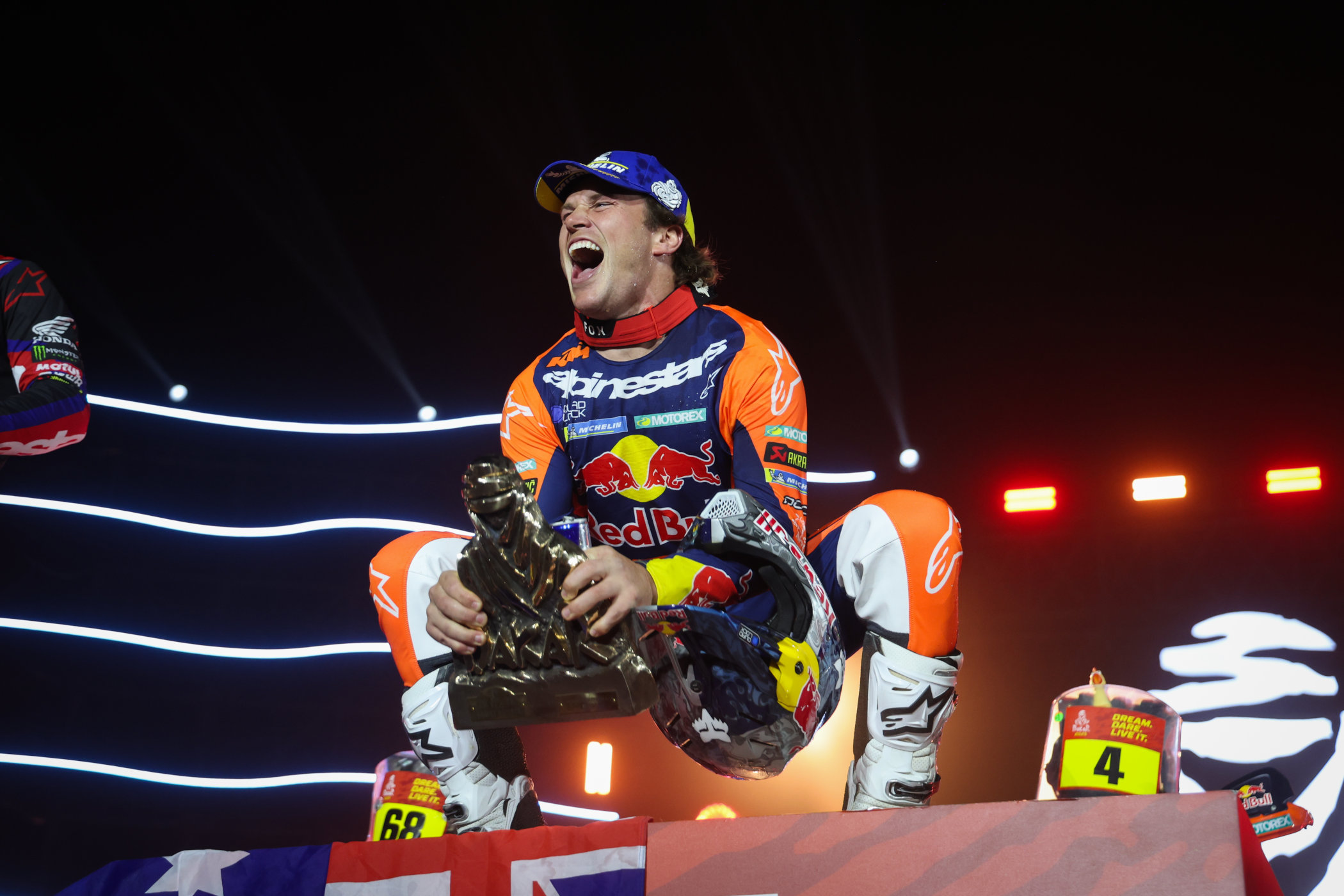
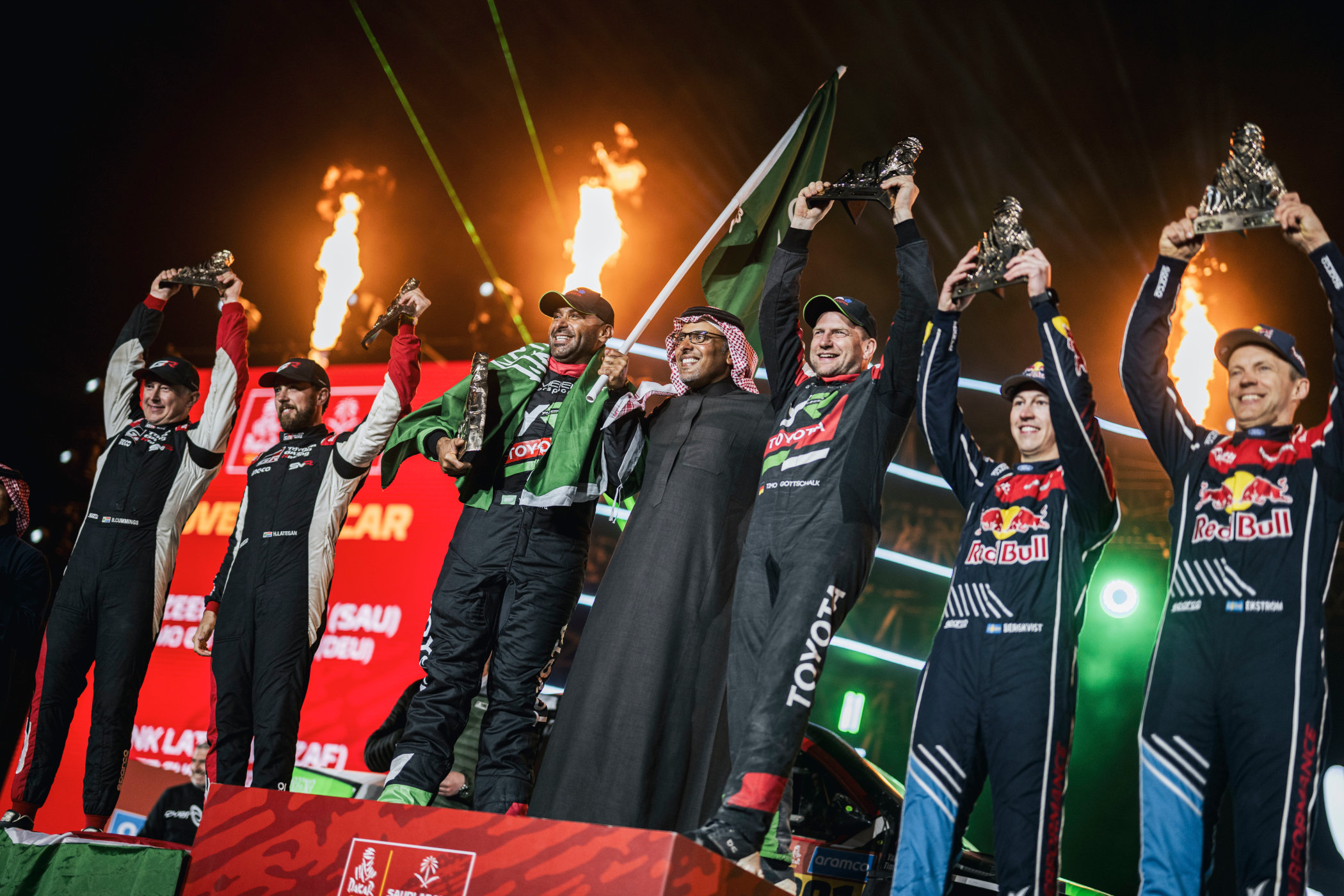
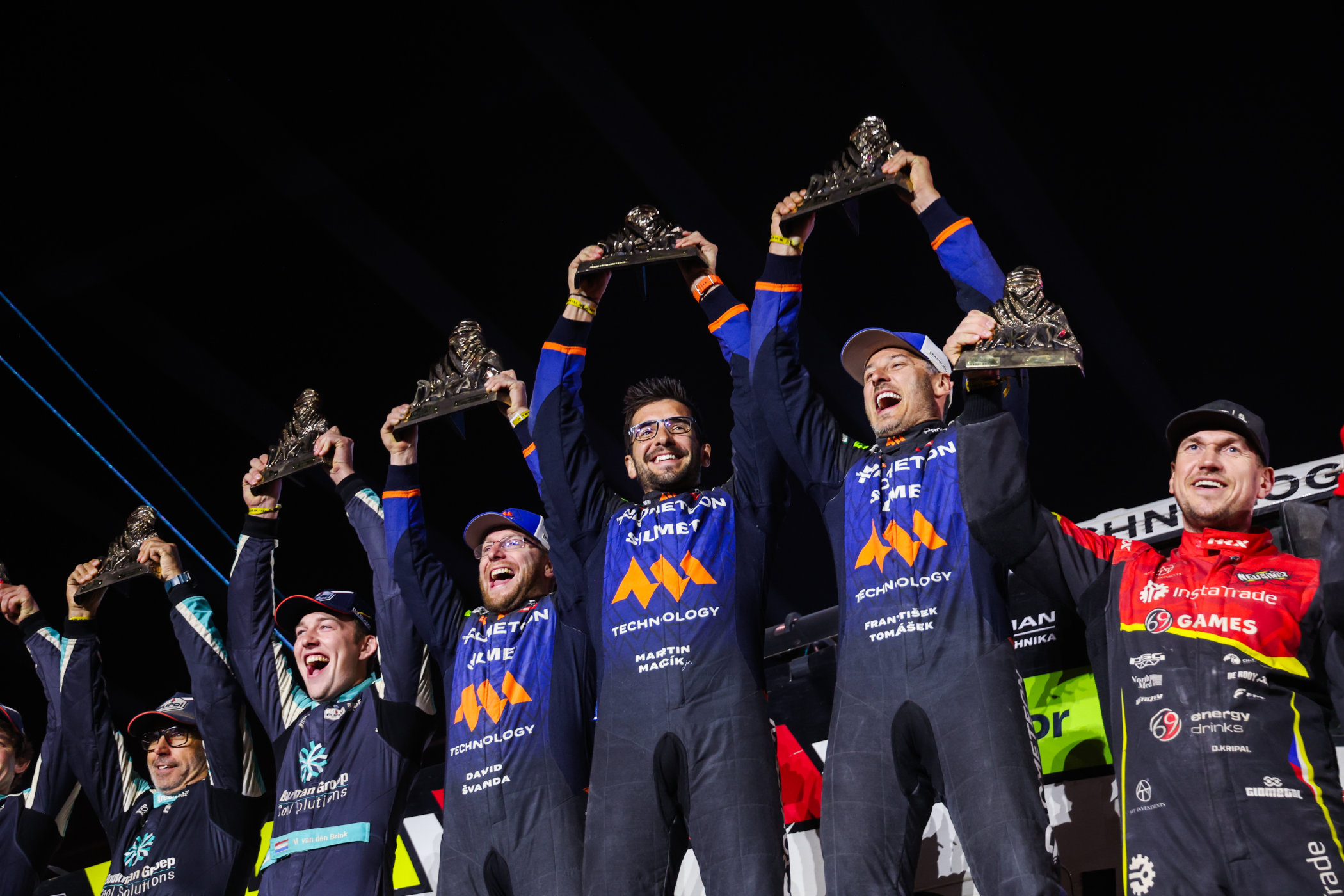
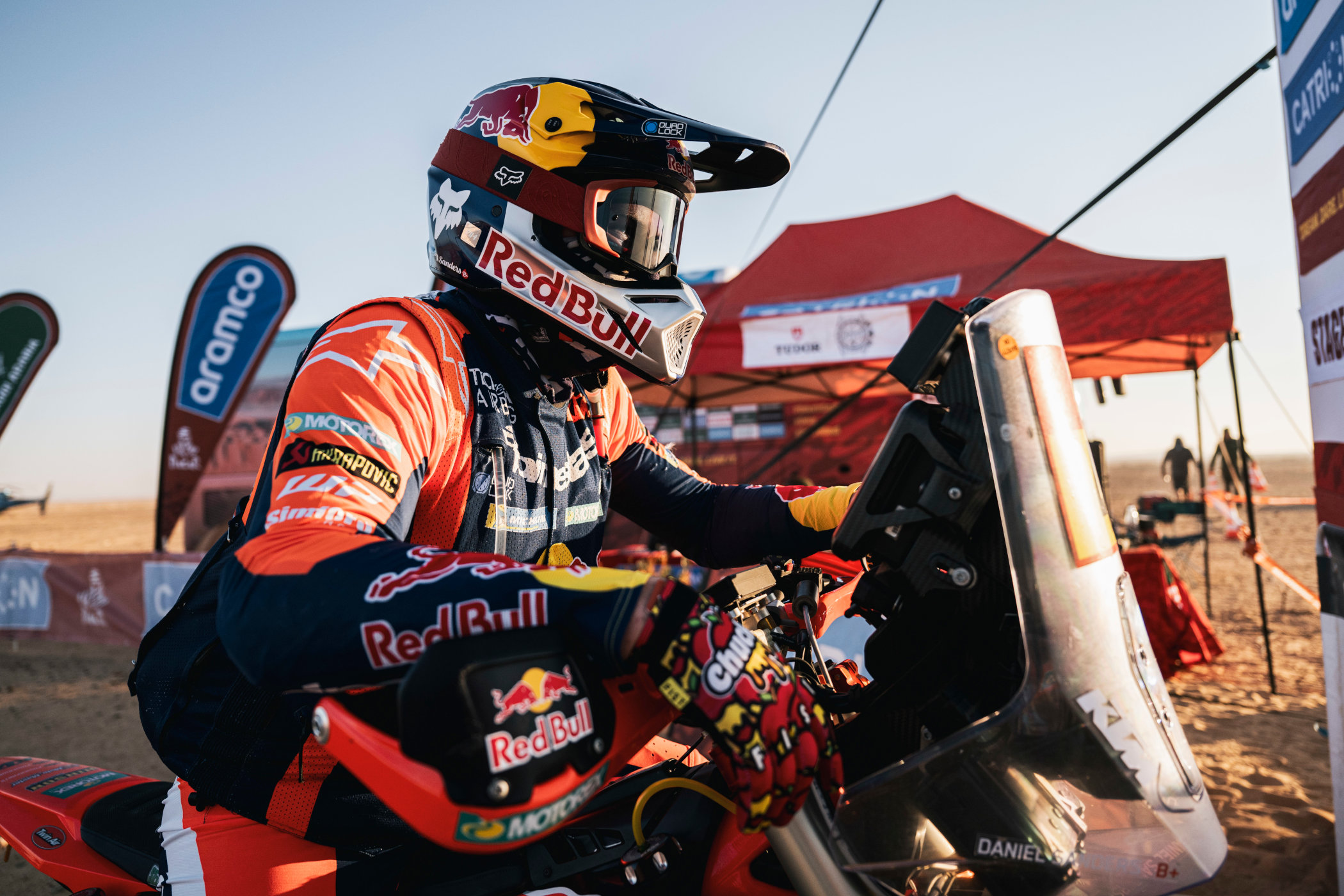
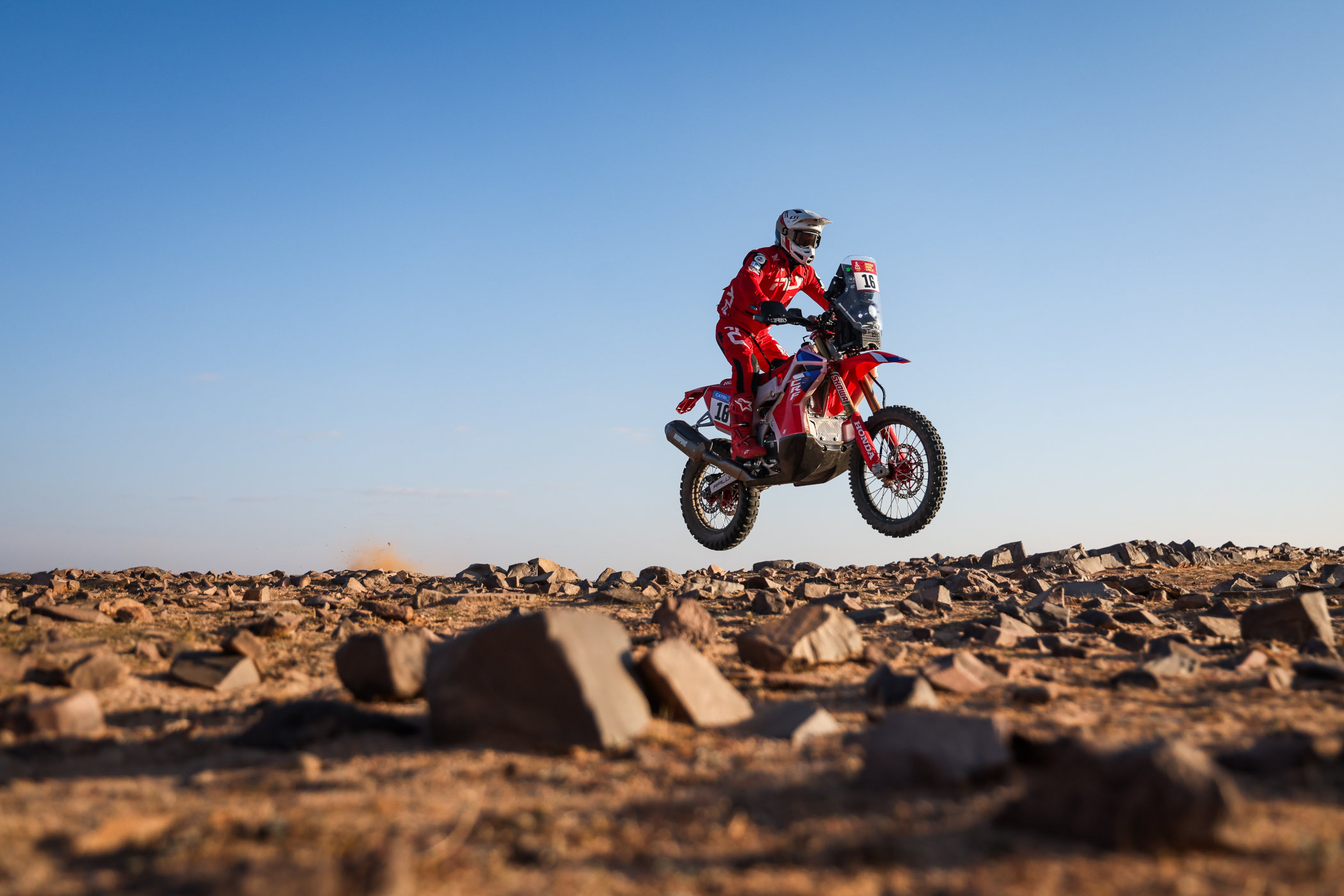
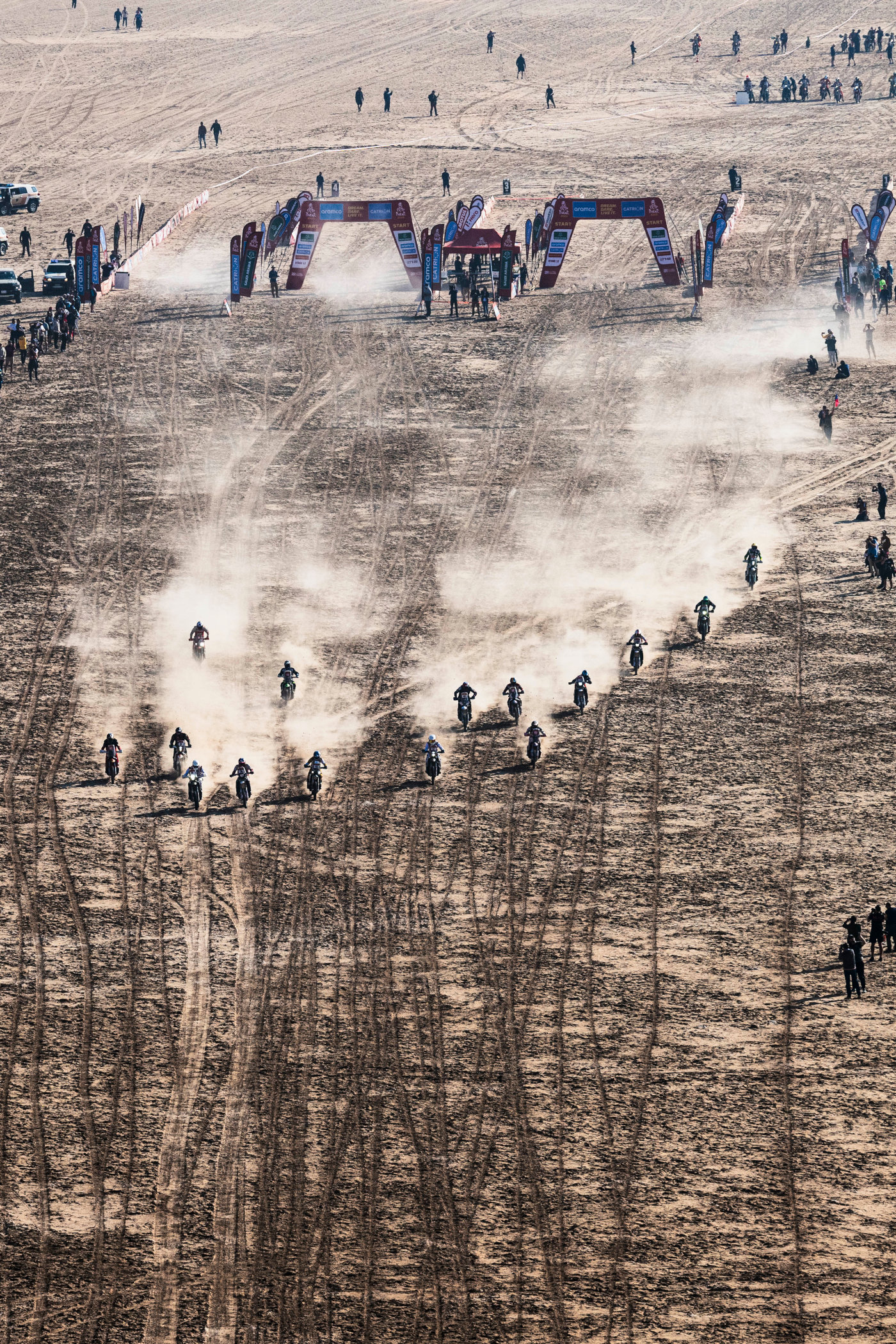
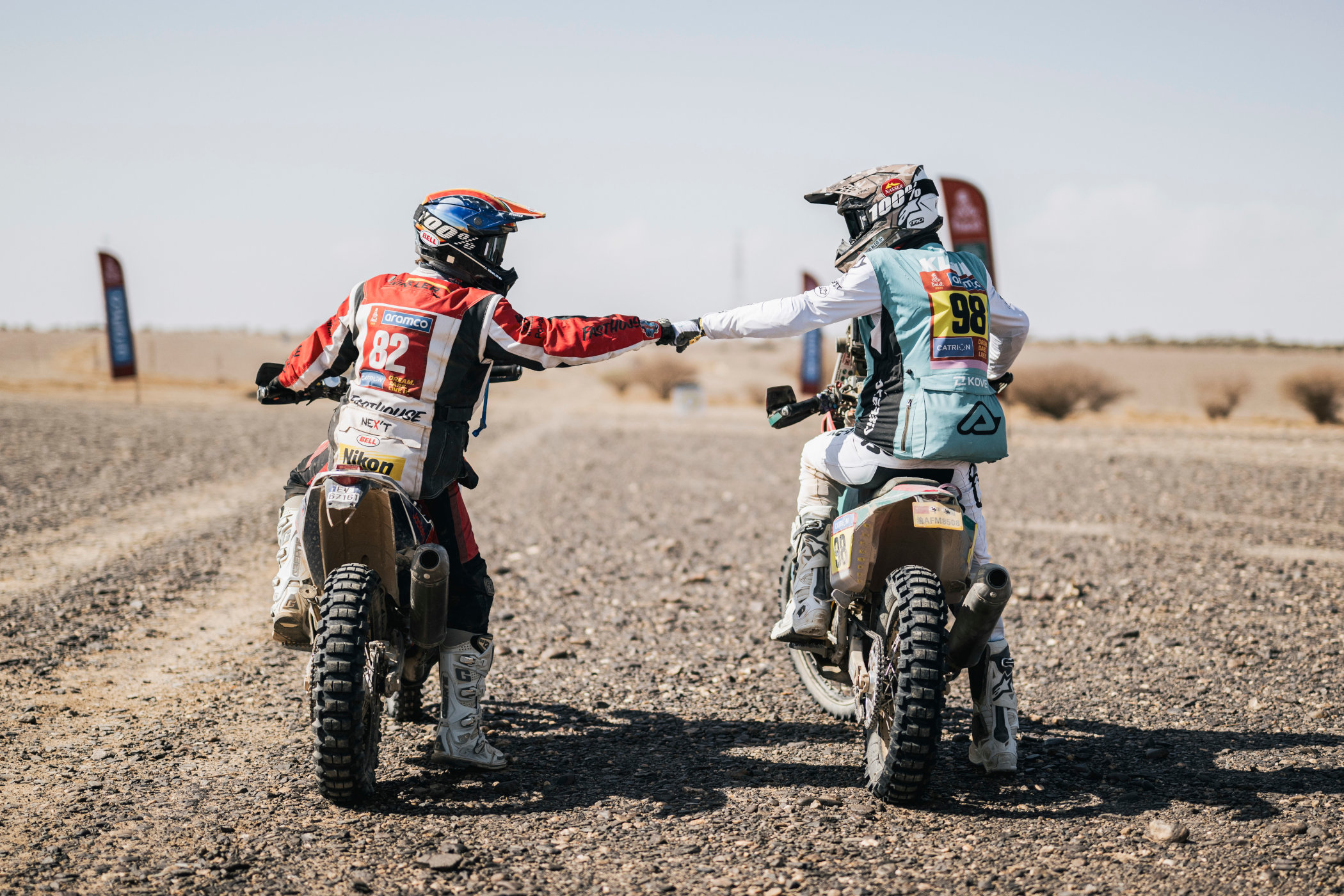
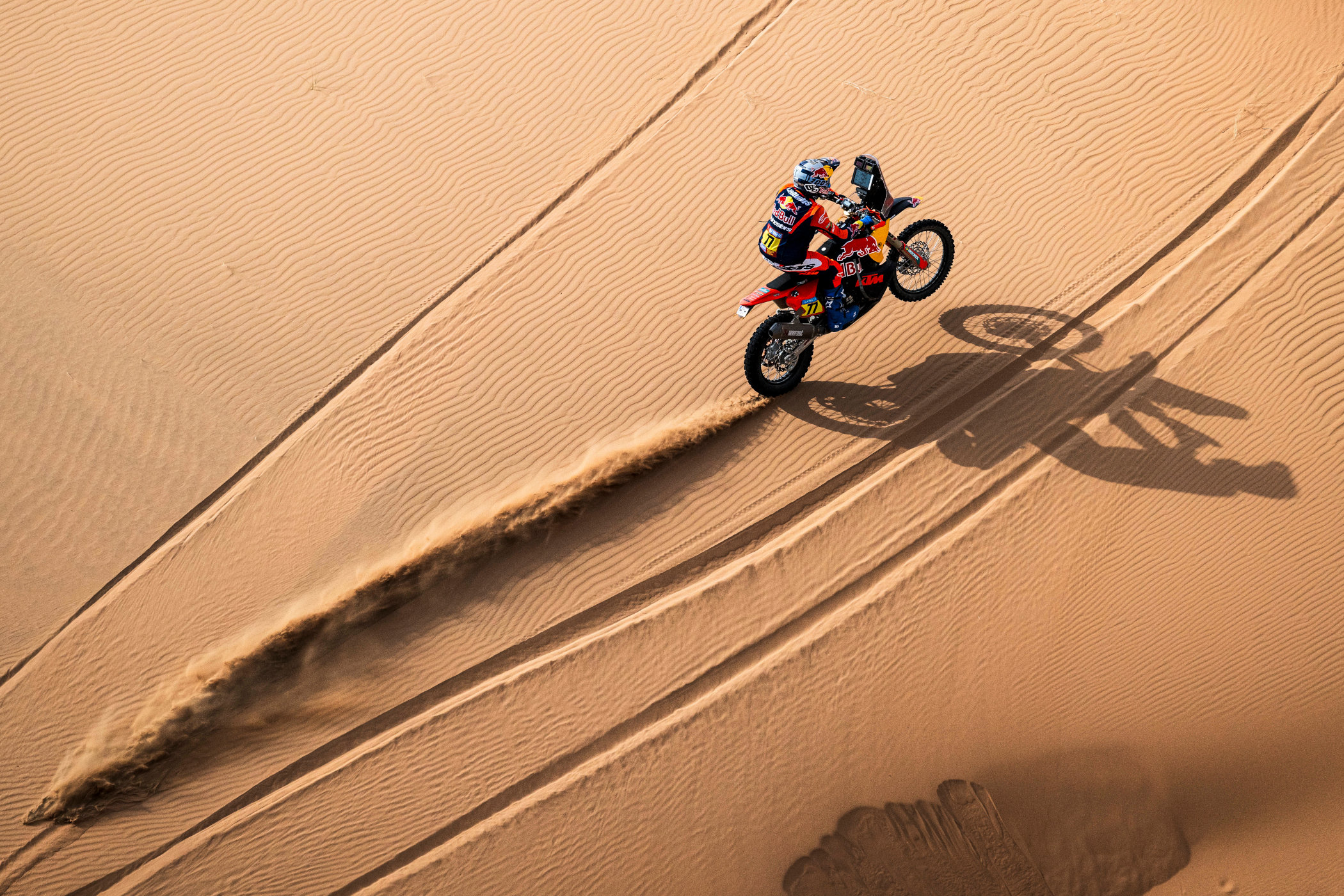
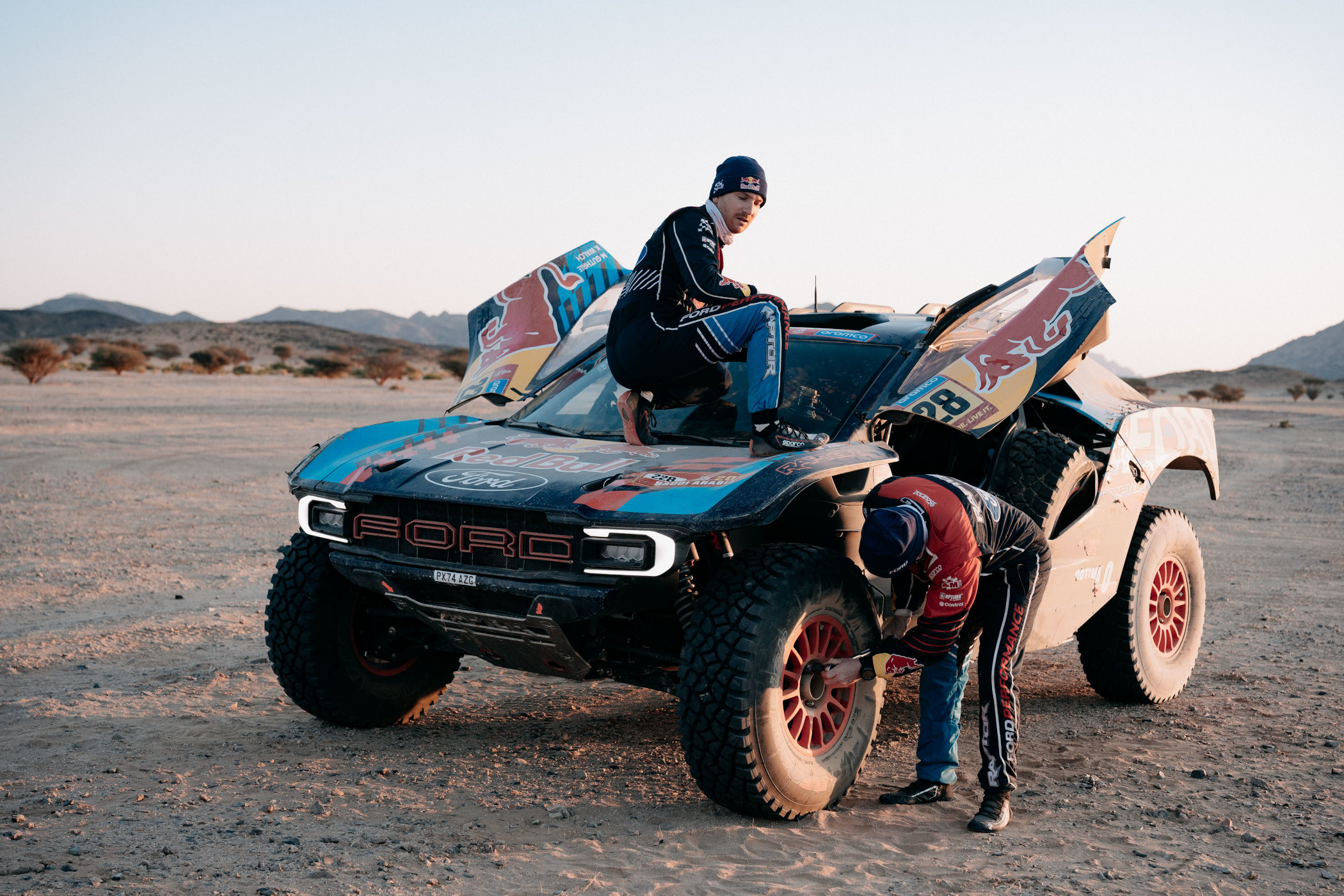
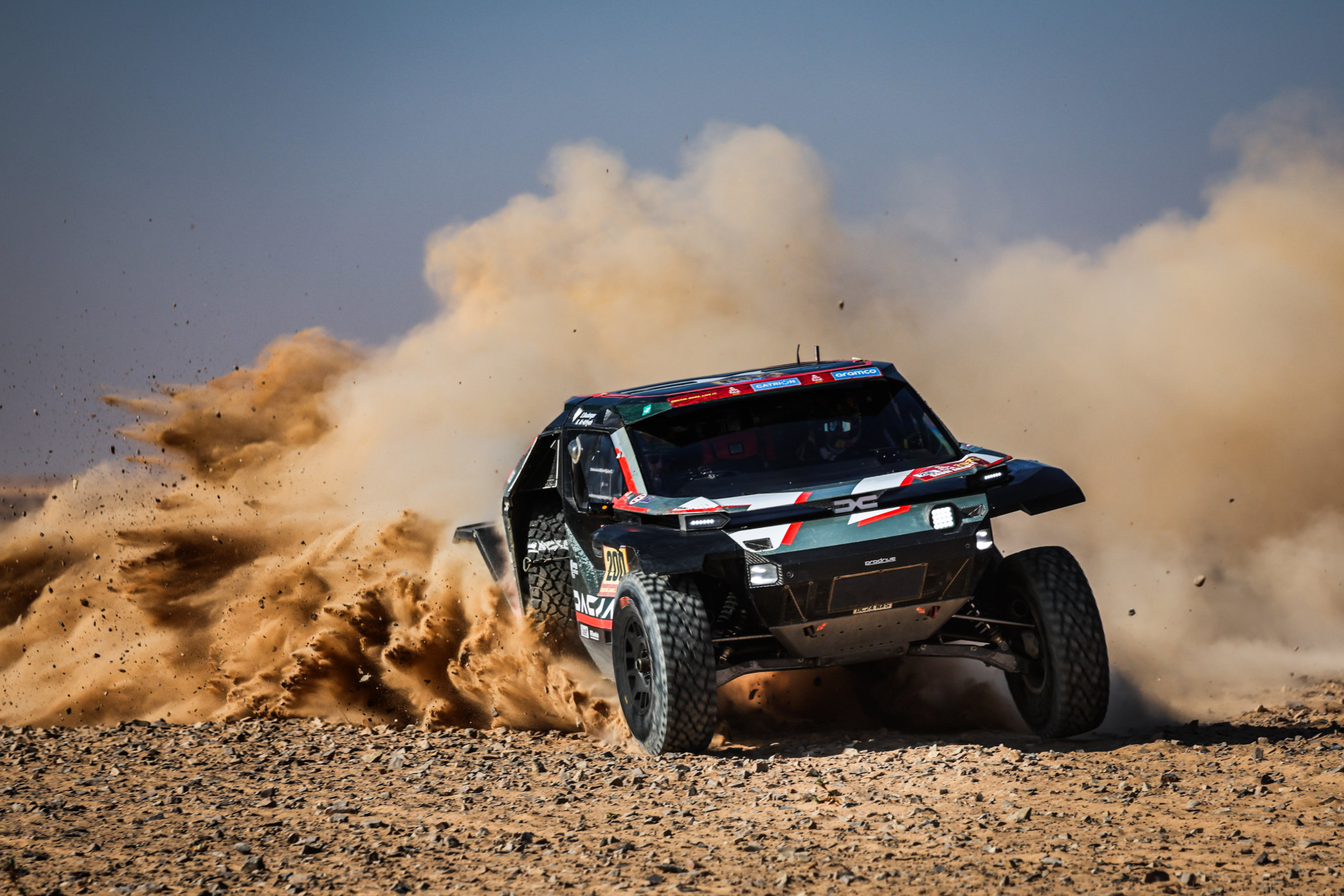
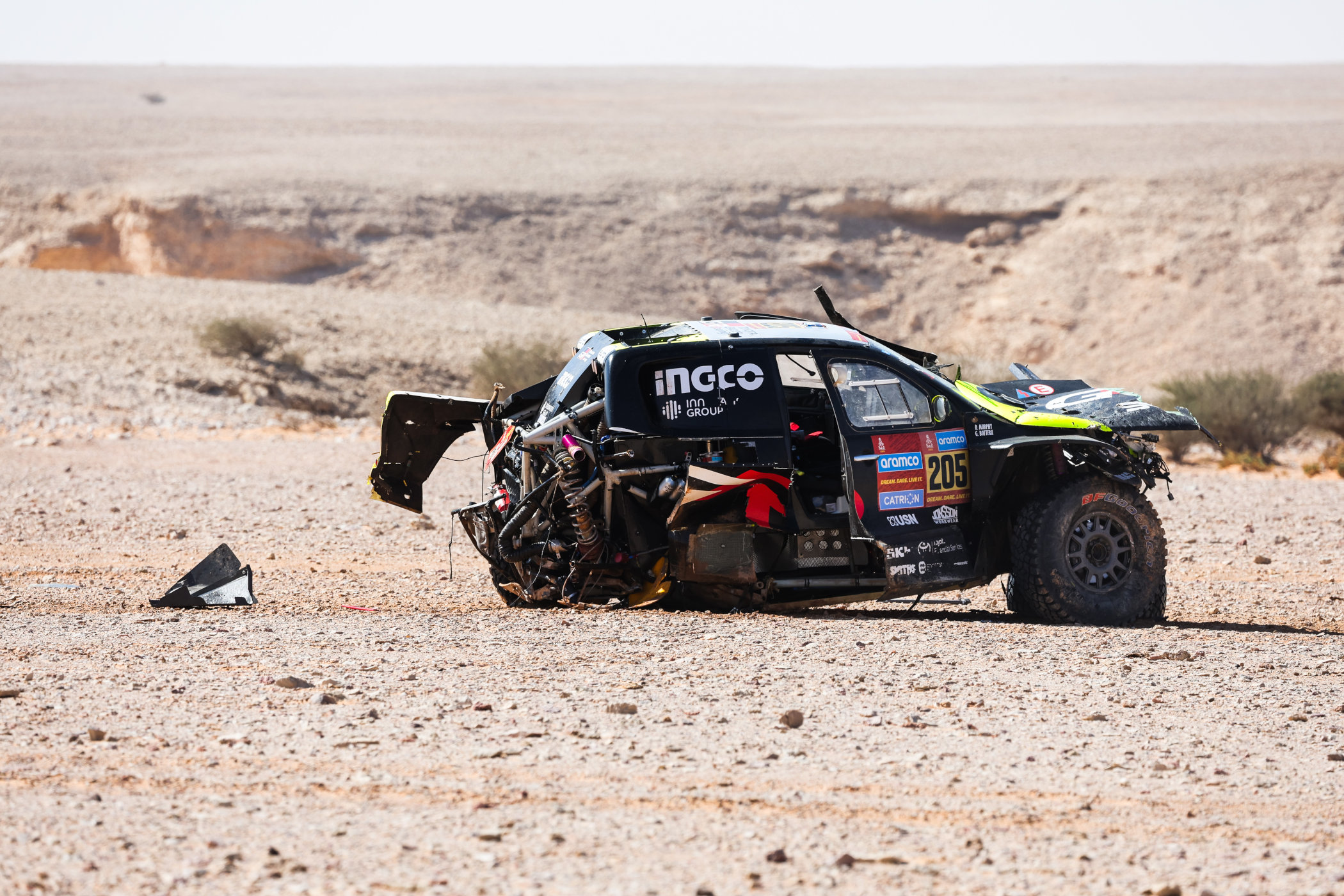
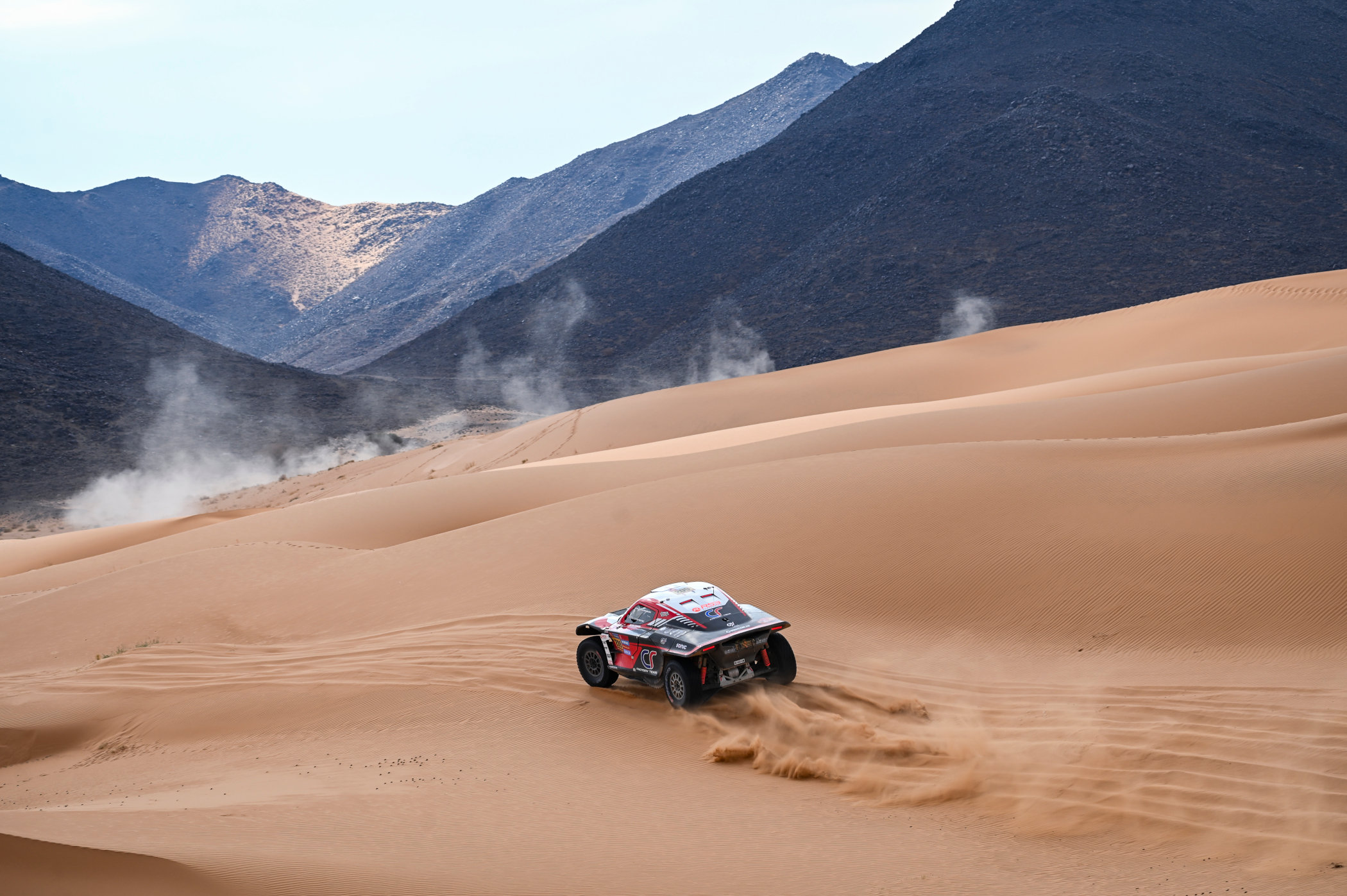
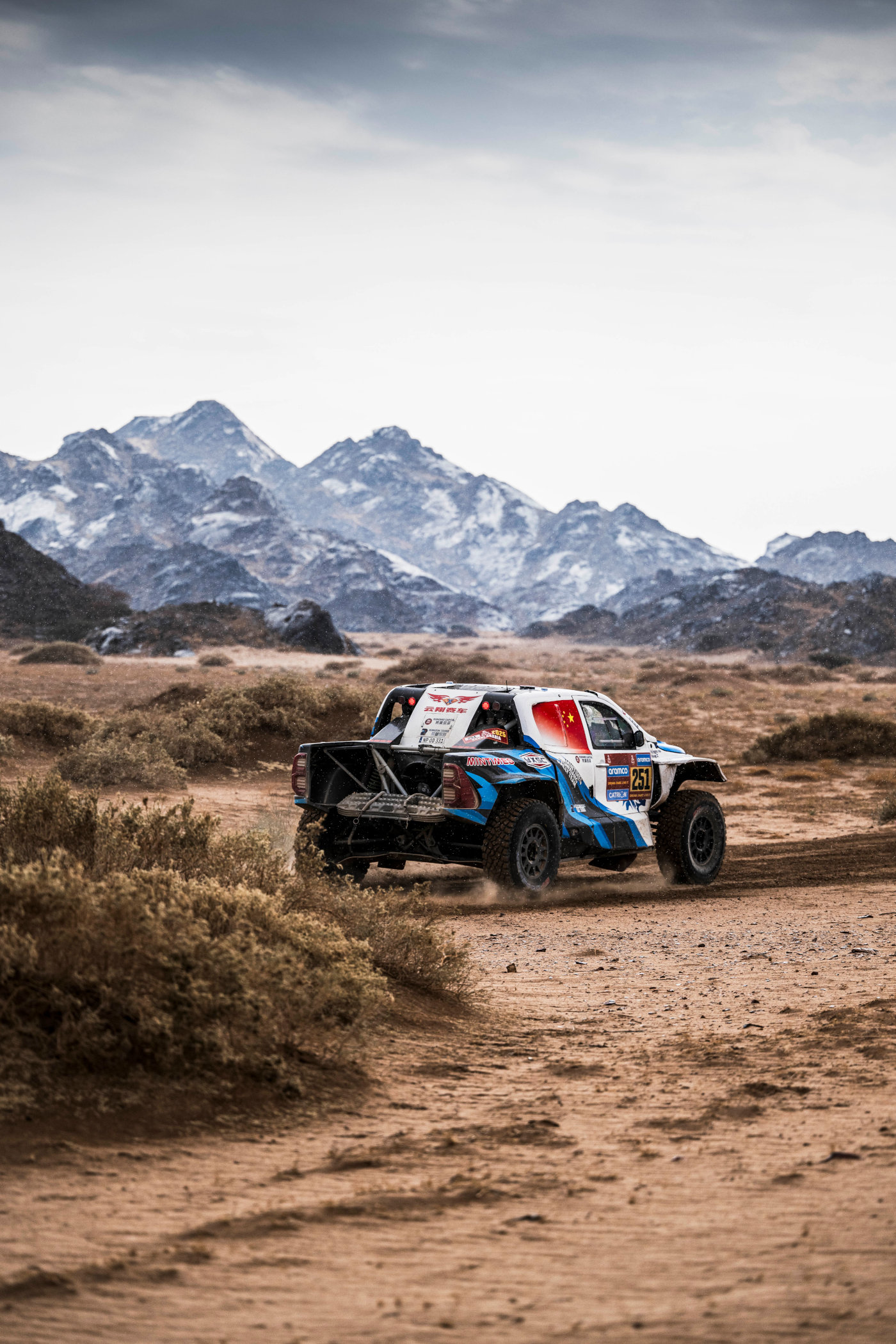
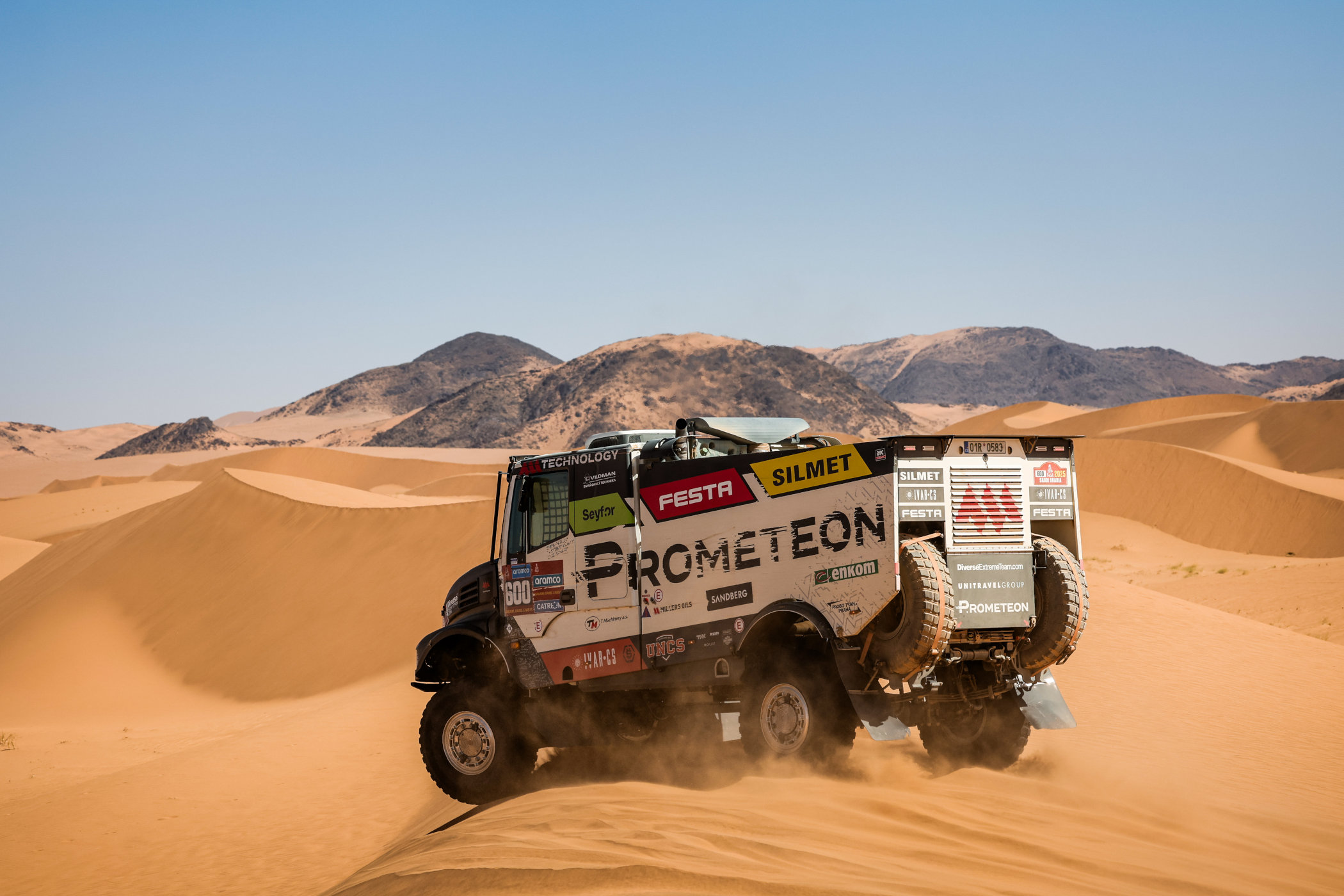
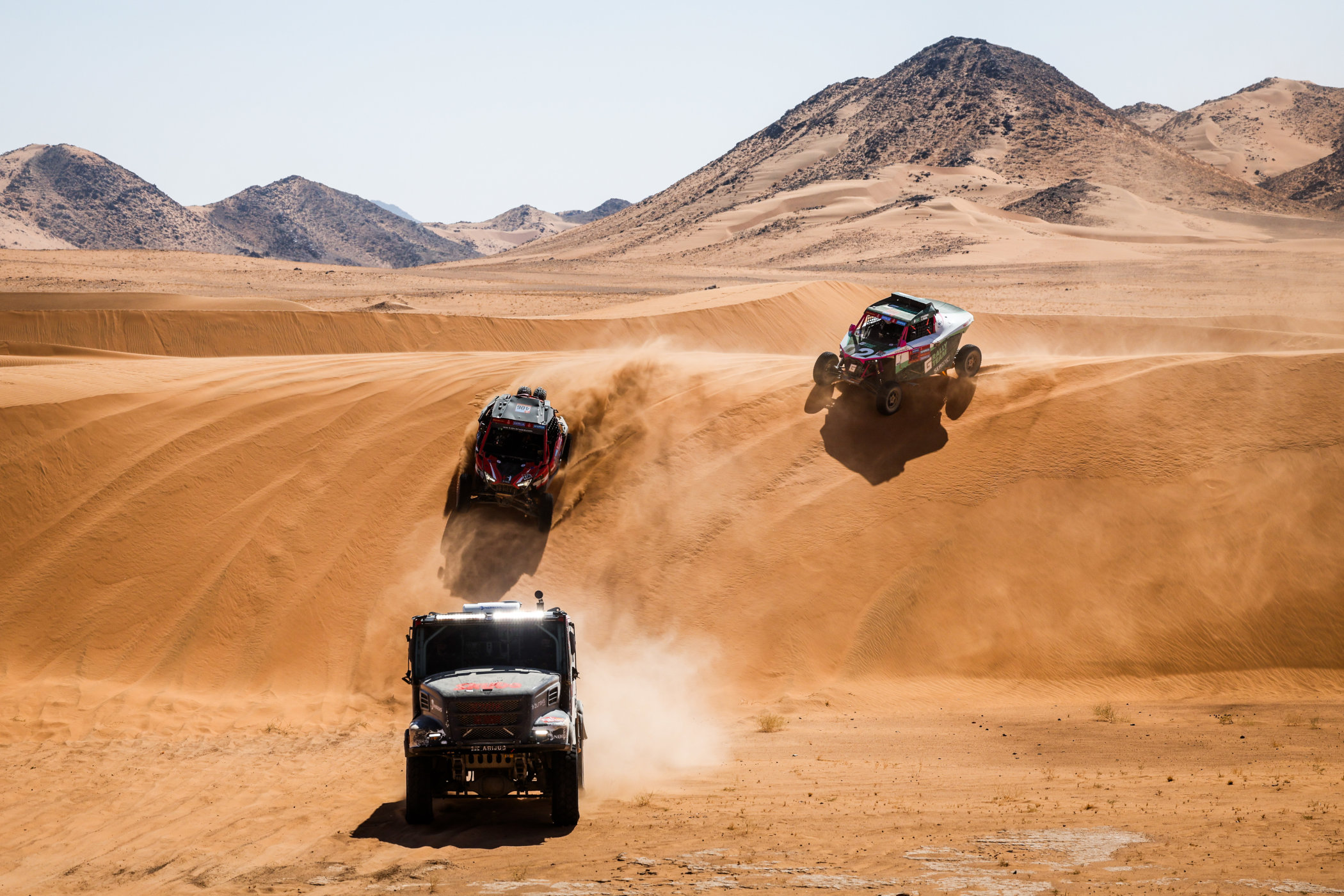
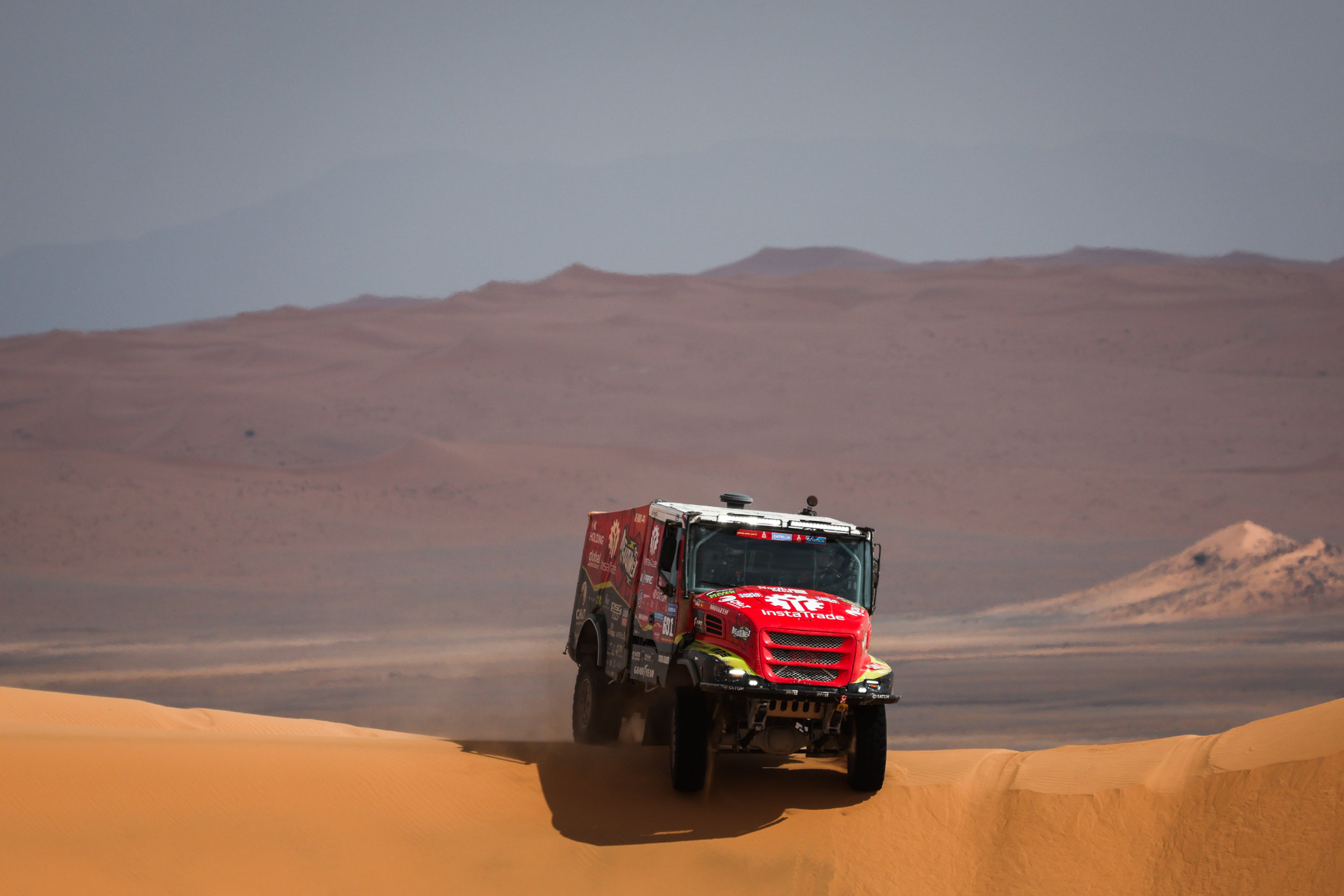
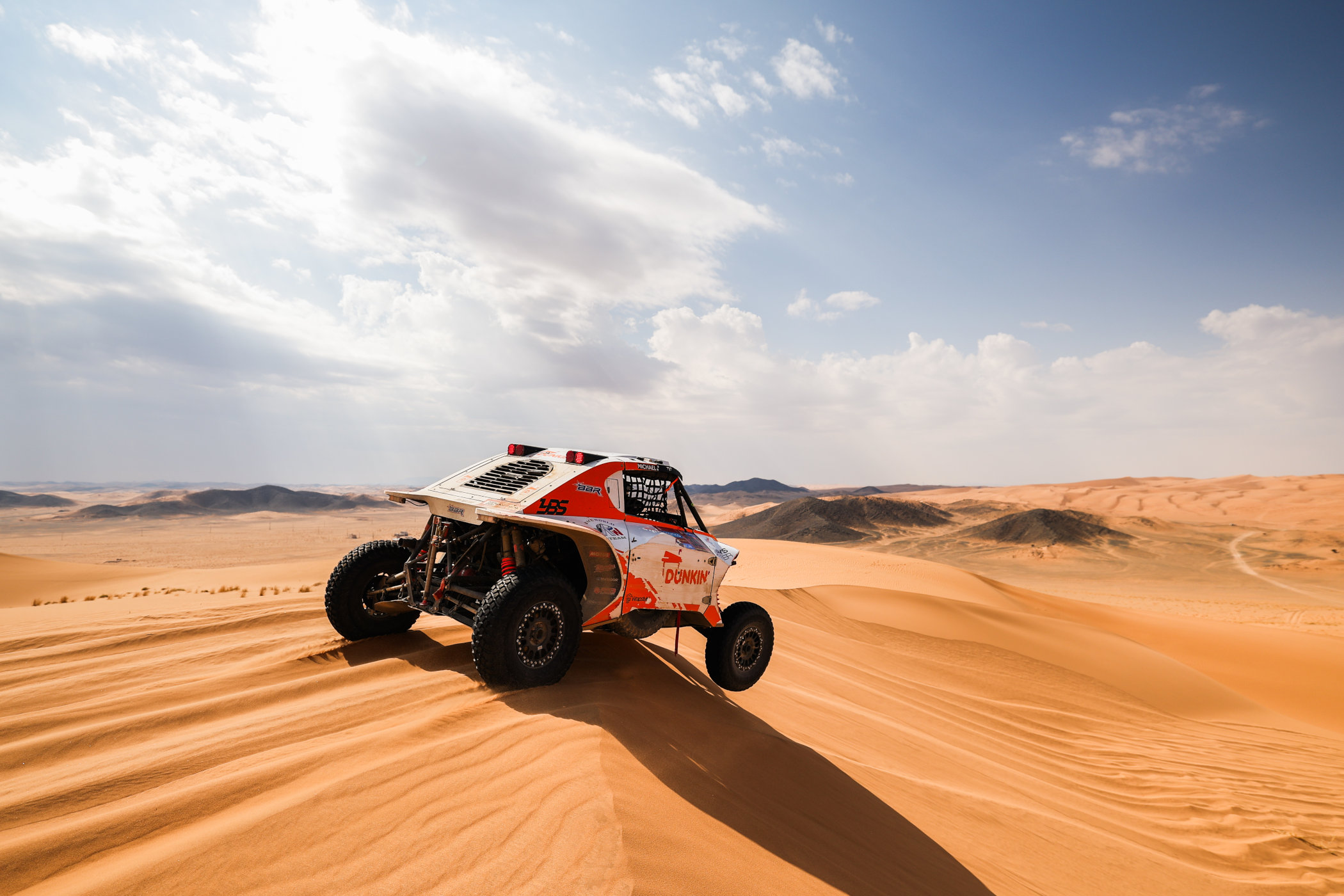
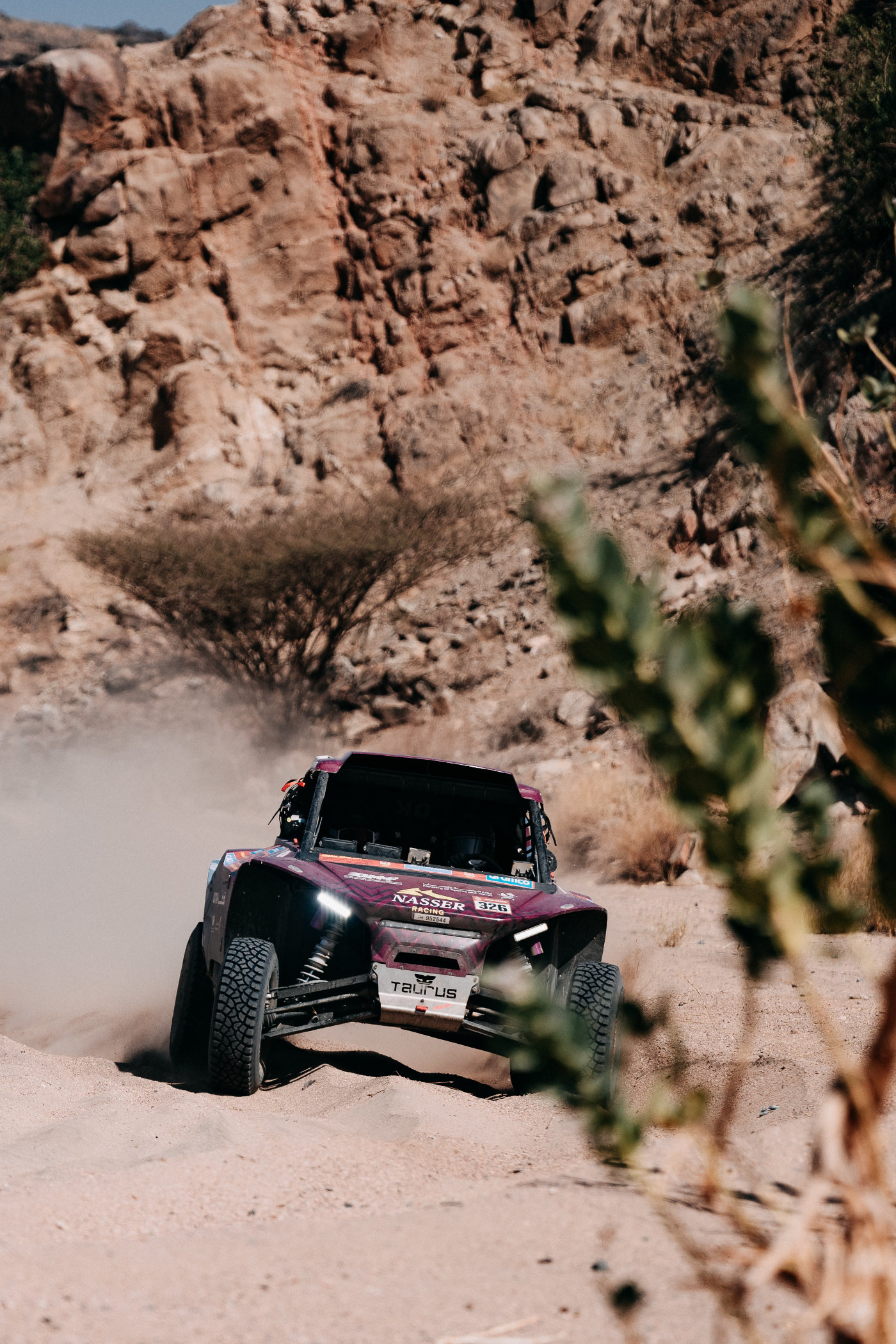
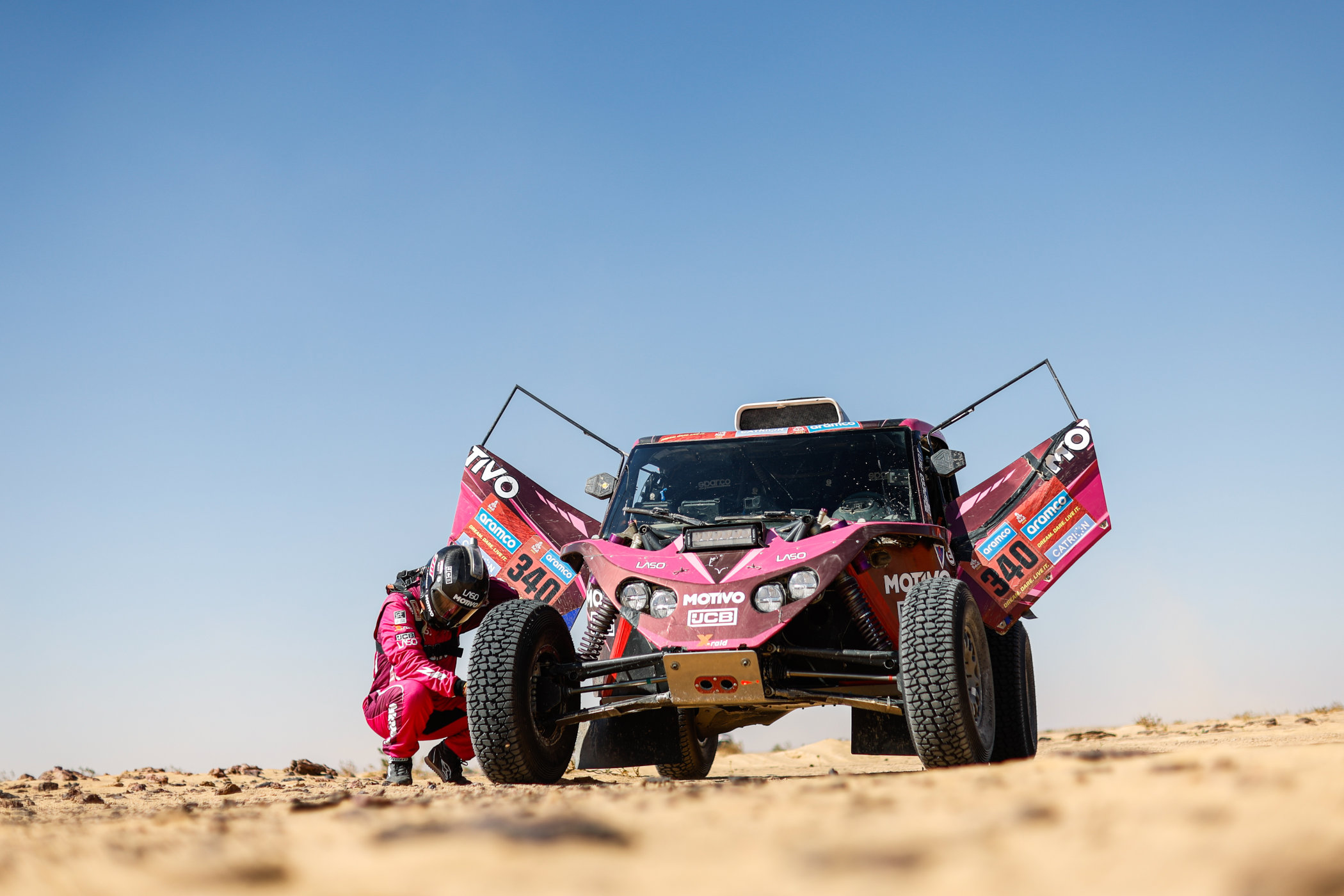
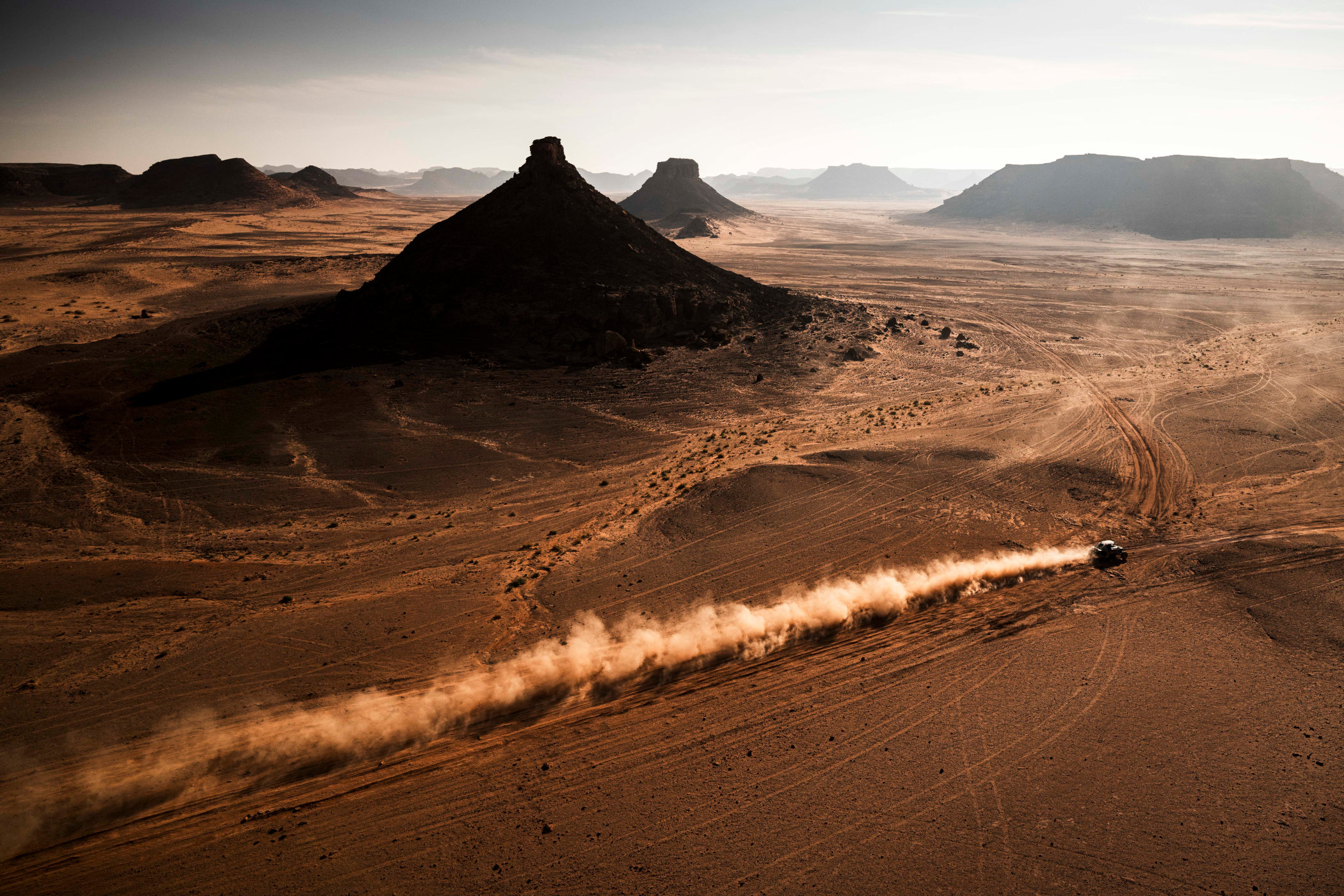
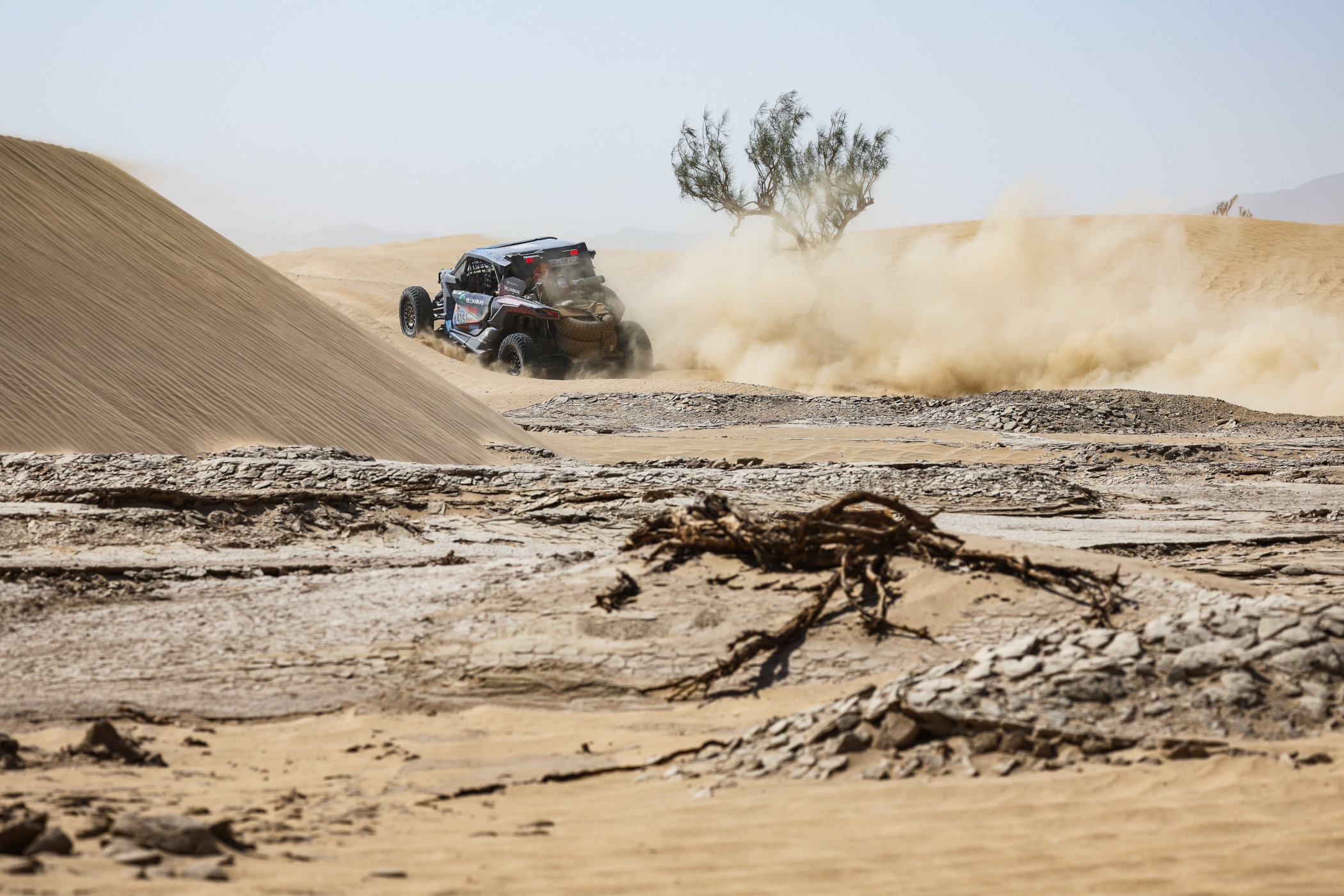
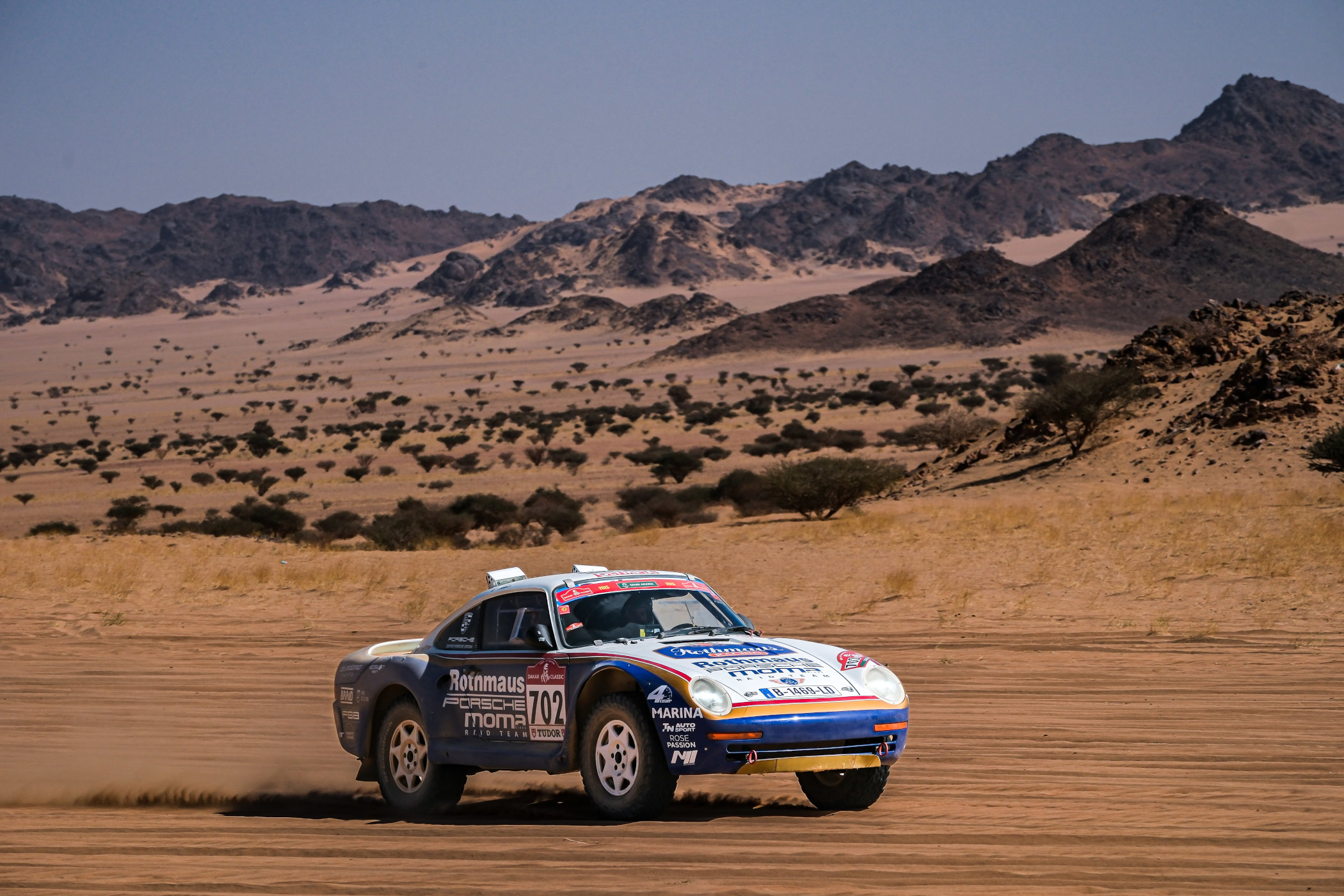
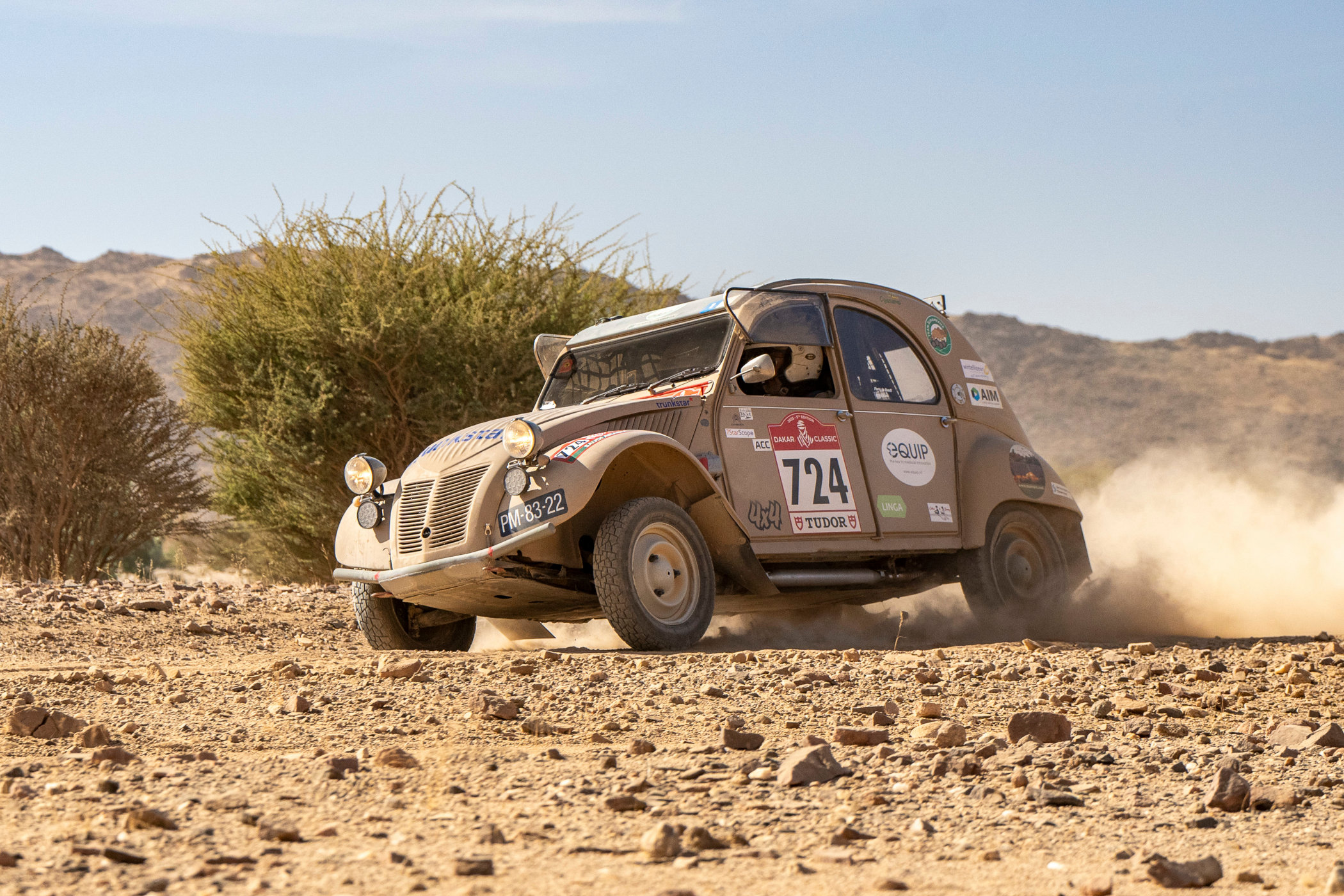
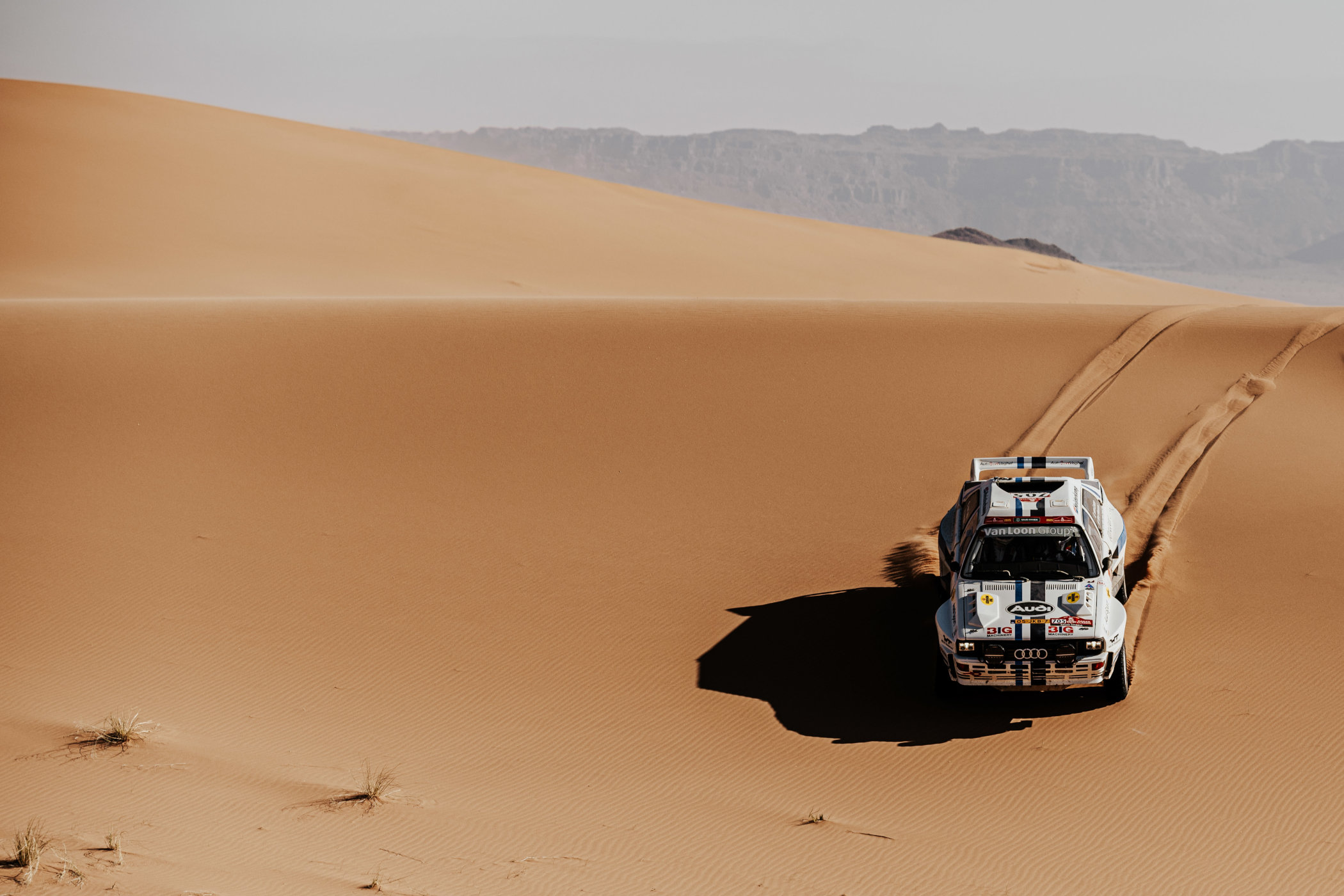
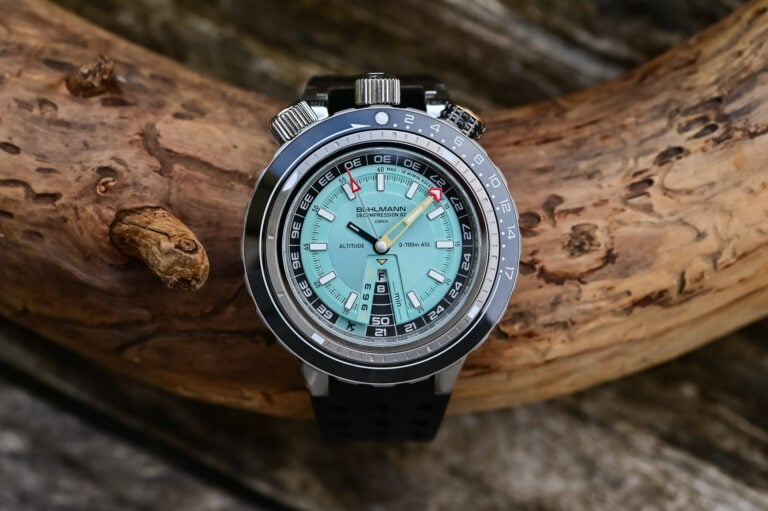
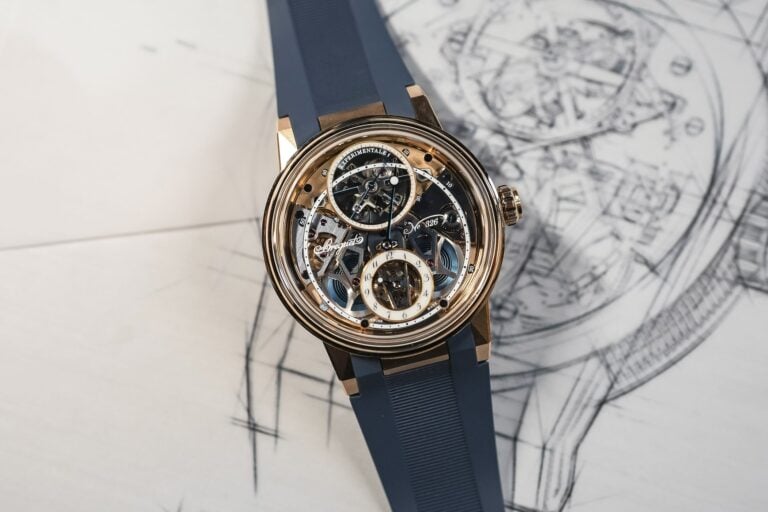
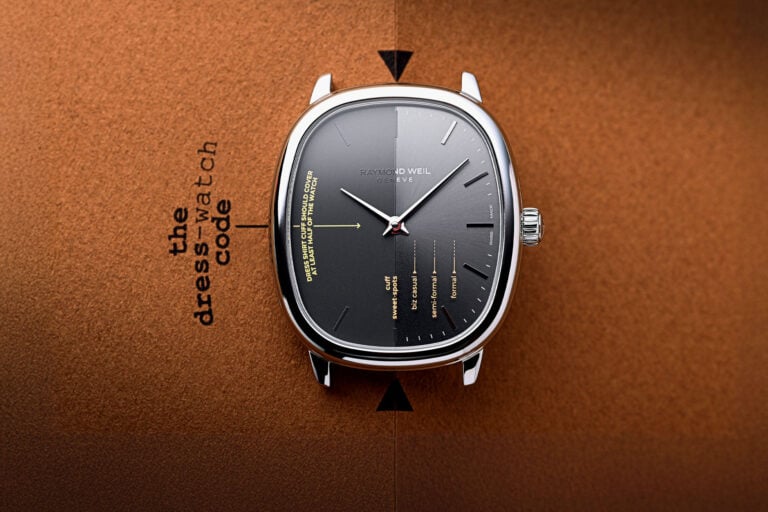
1 response
Also important to mention, given that this is a watch site, is that Tudor is the official timekeeper of Dakar. The watches were worn by various staff and drivers. Additionally, winners were presented with a Tudor featuring a caseback engraving commemorating their victory.